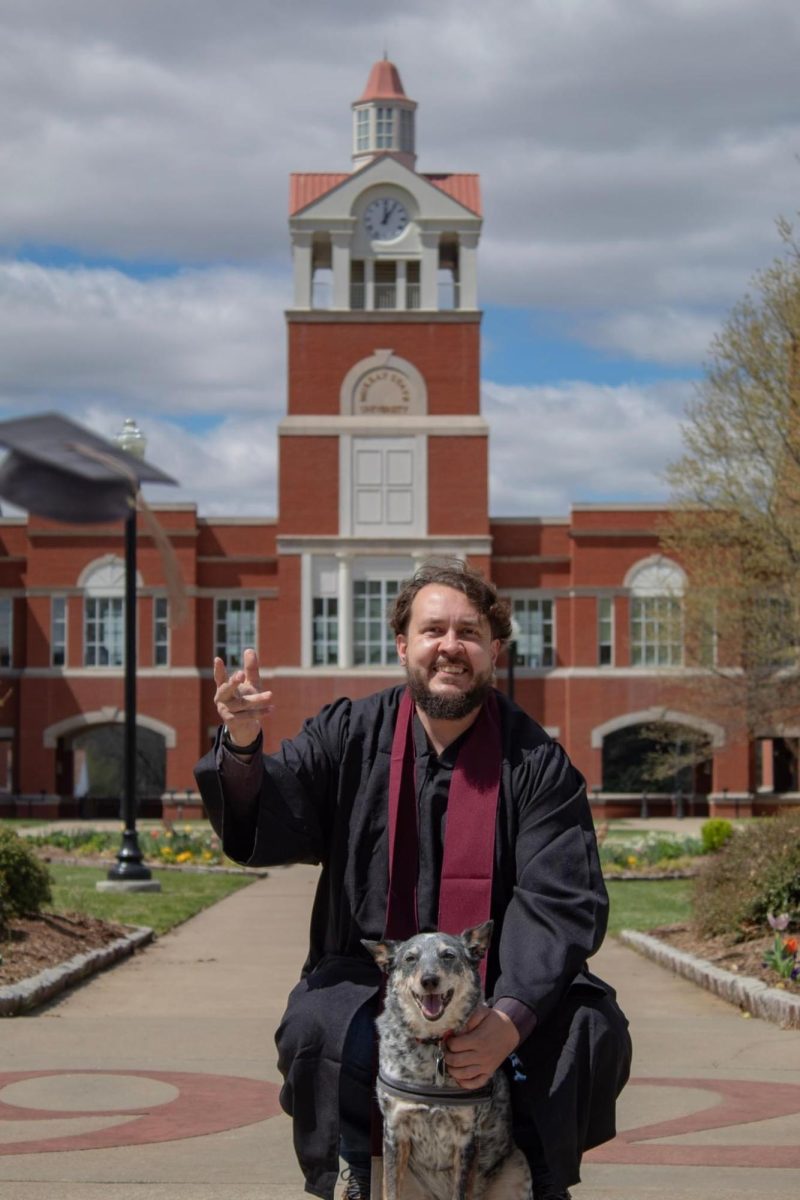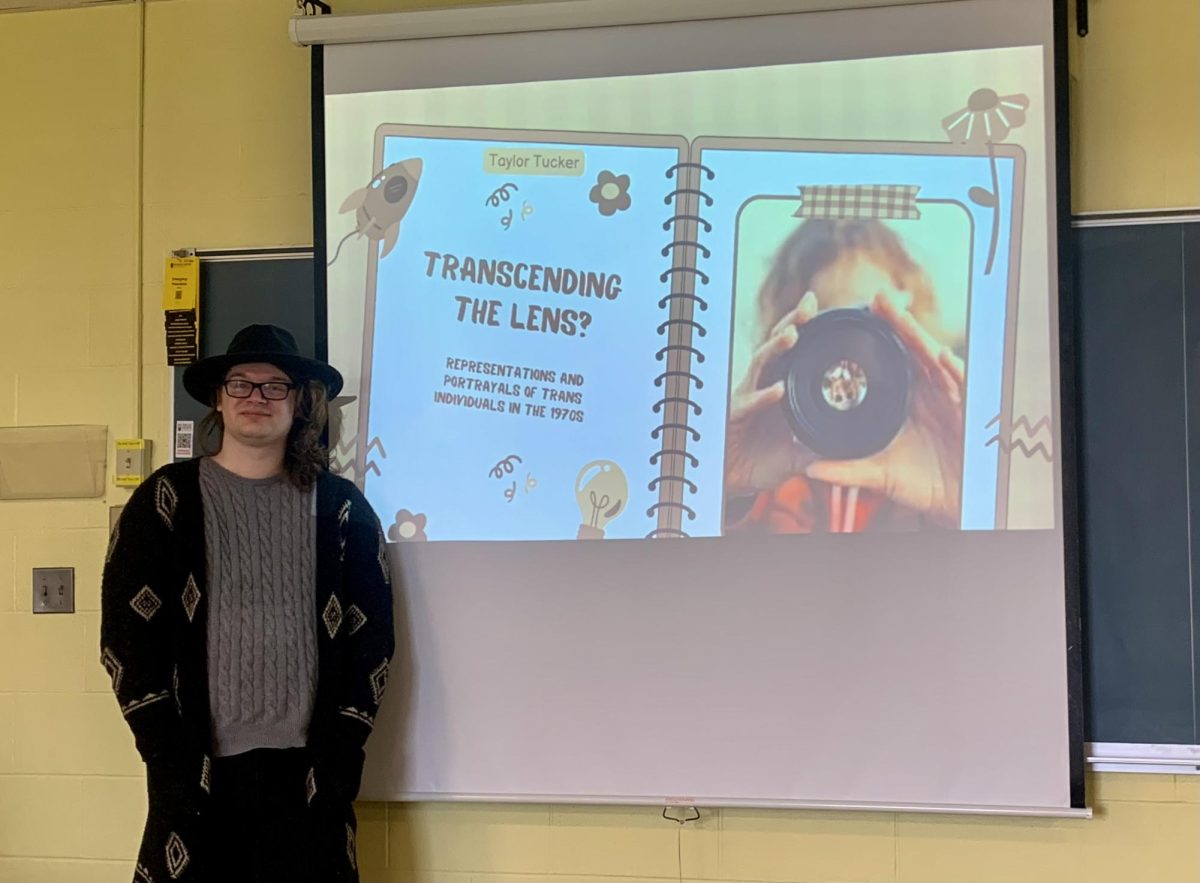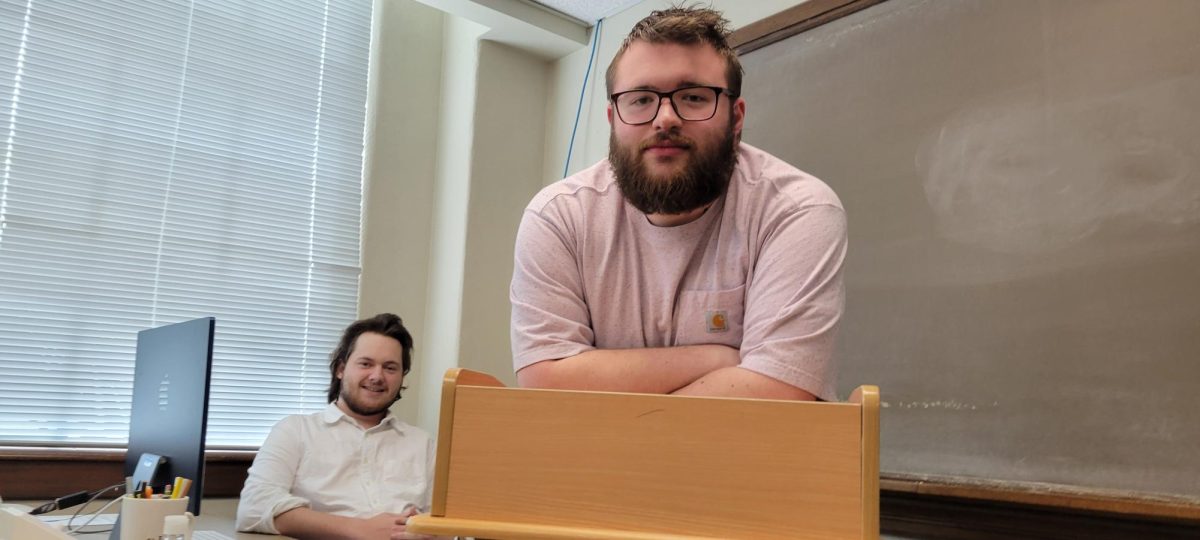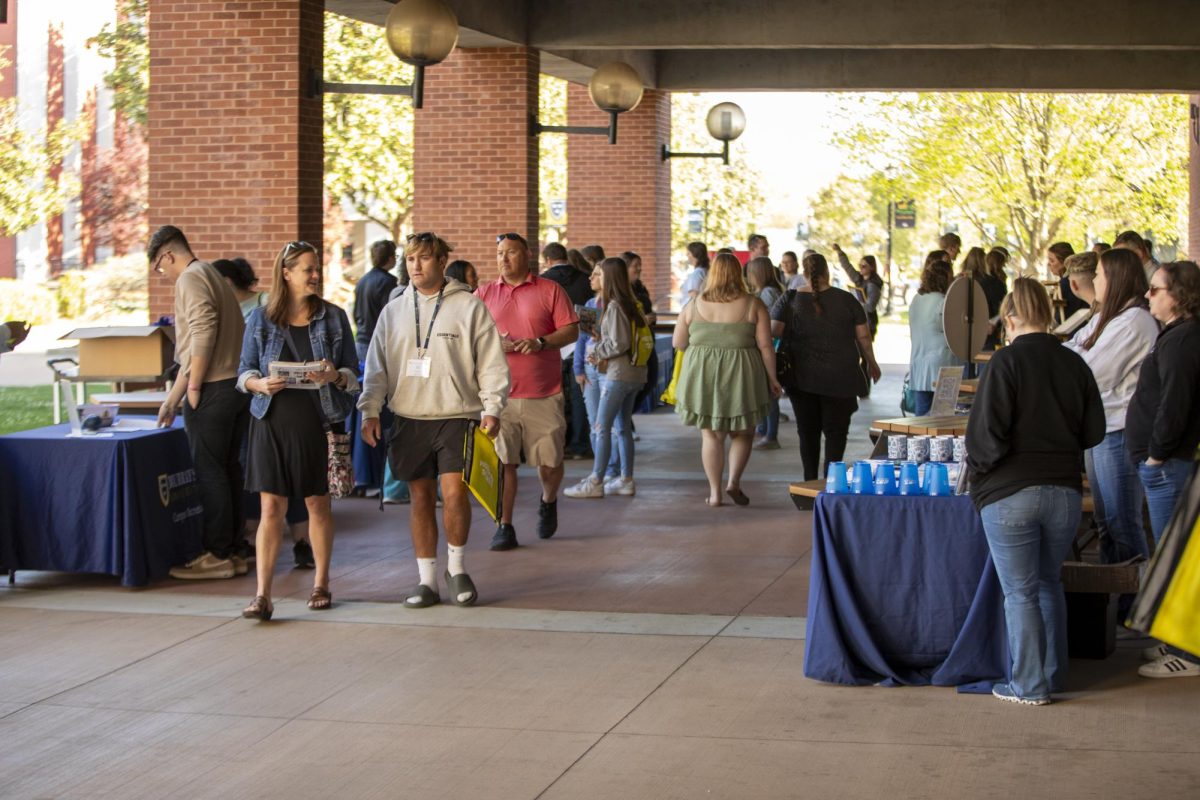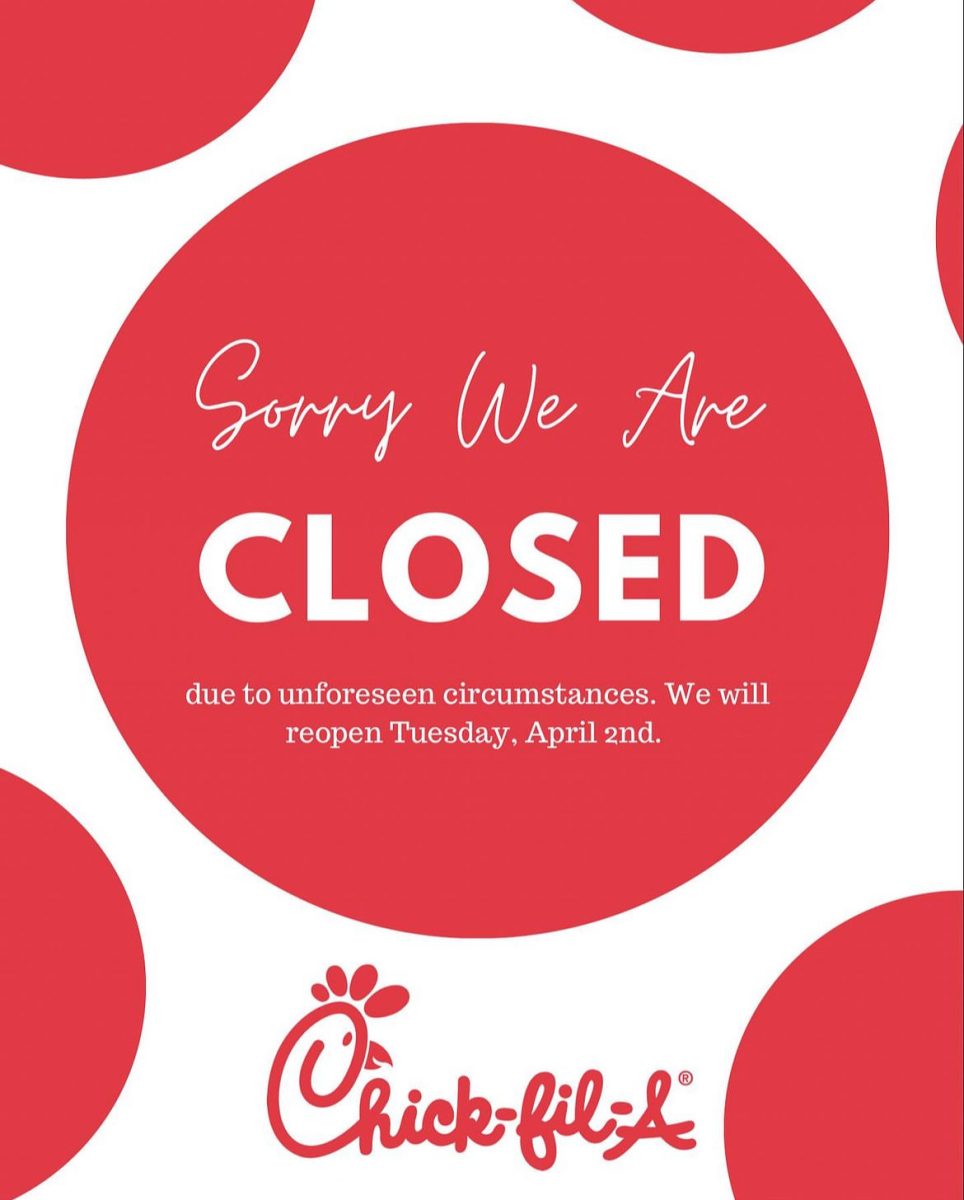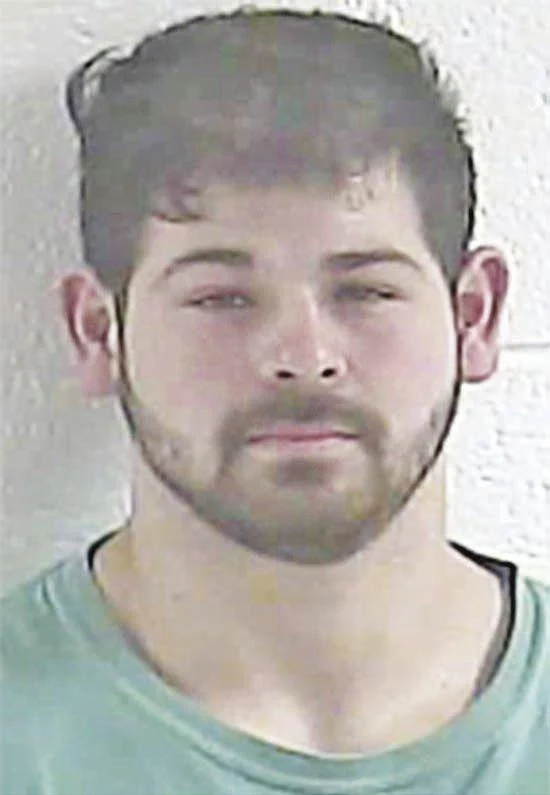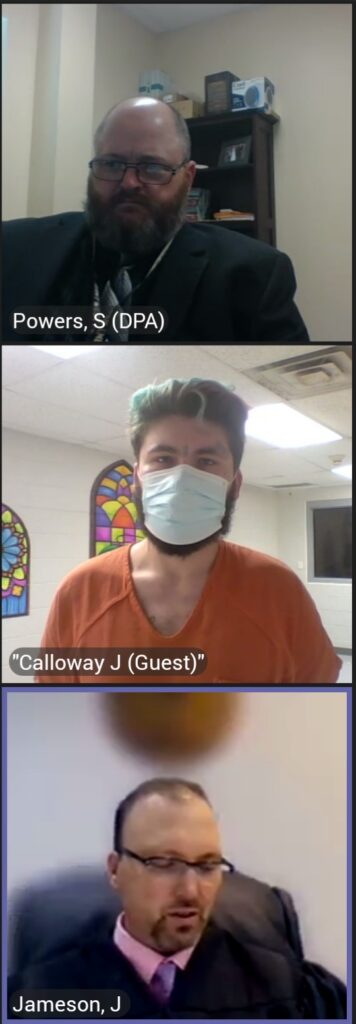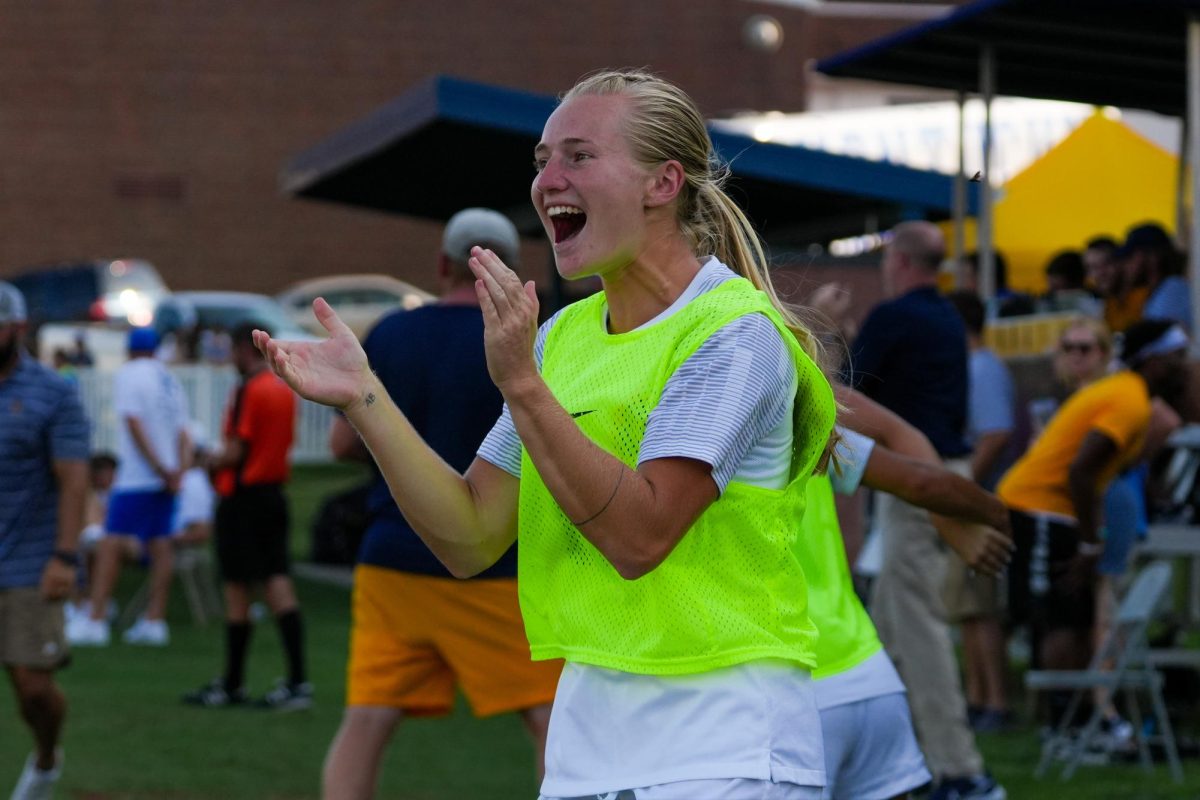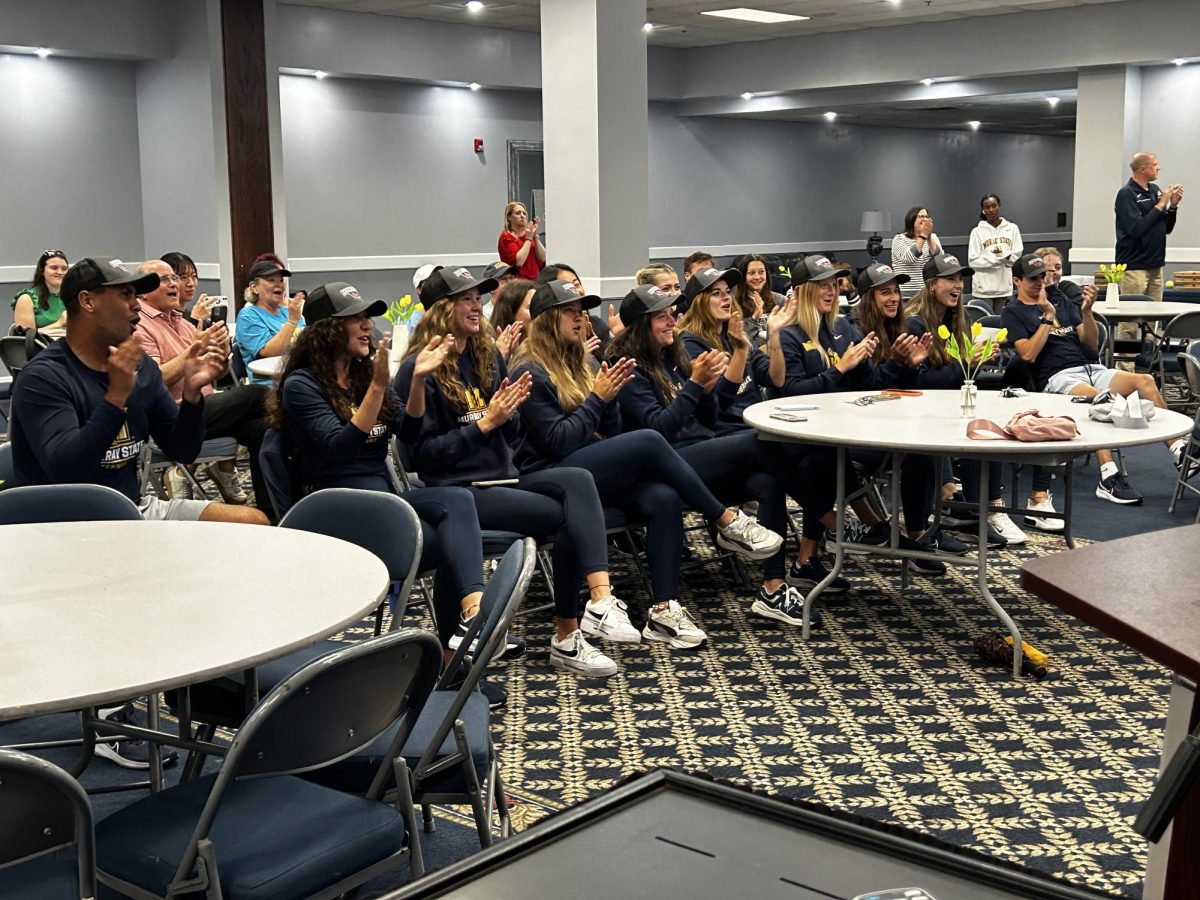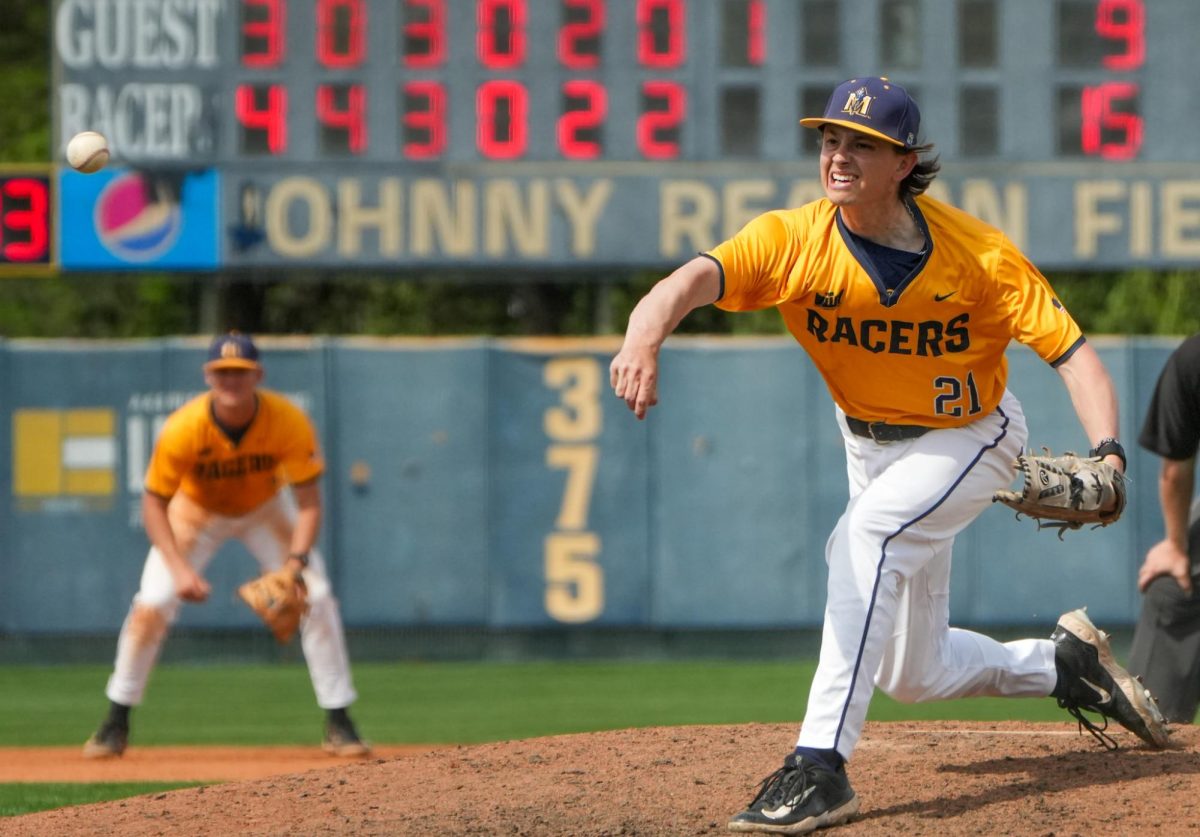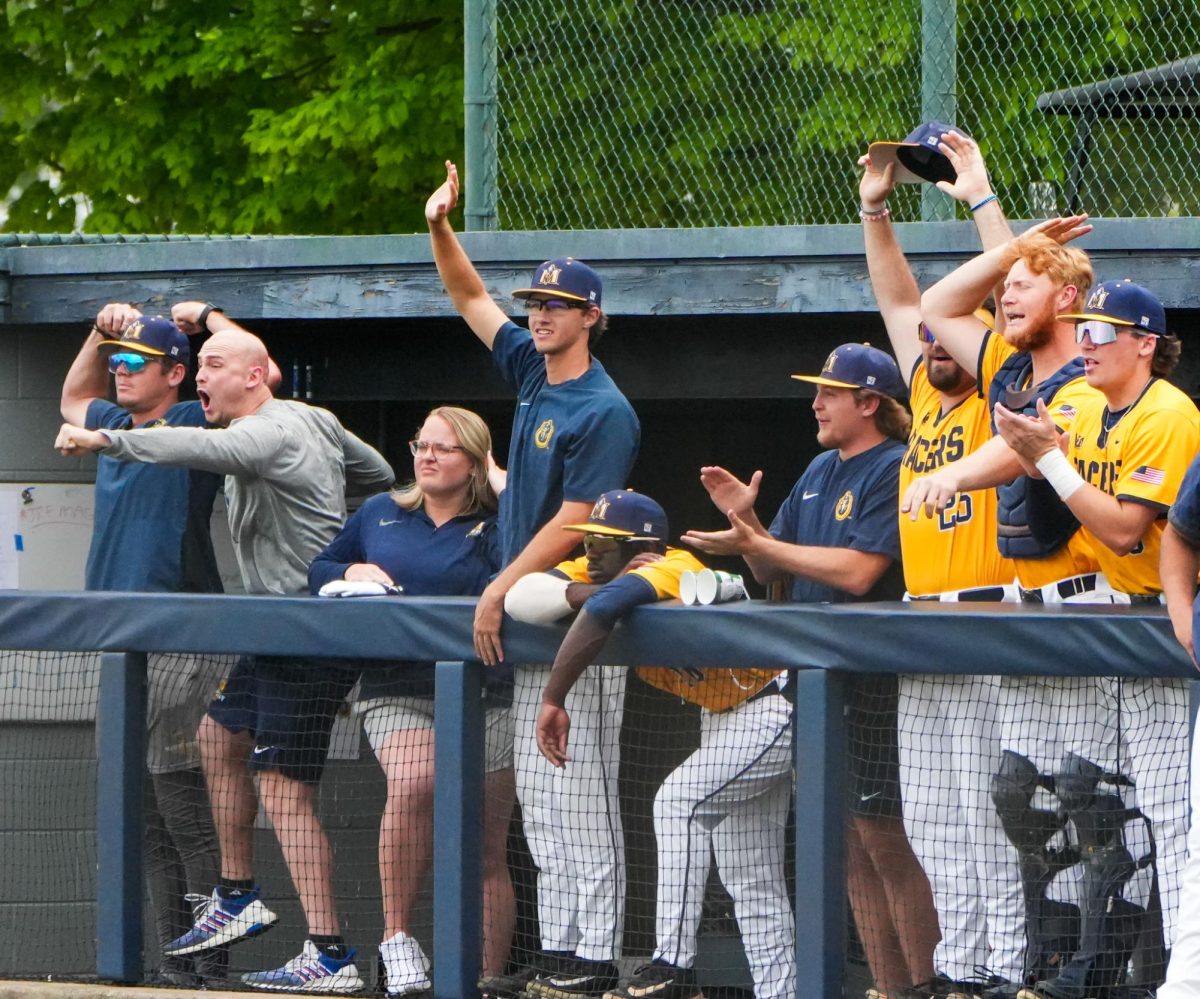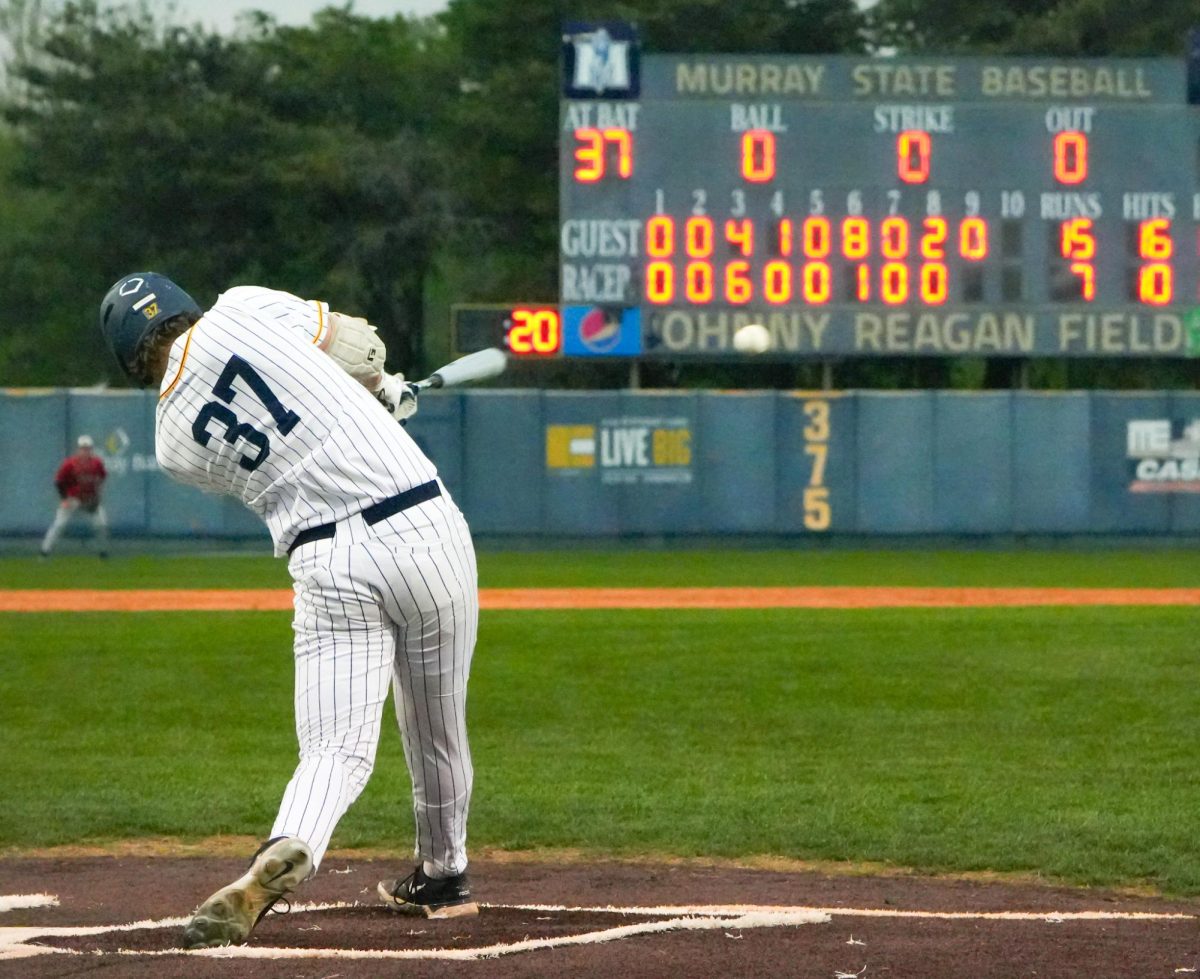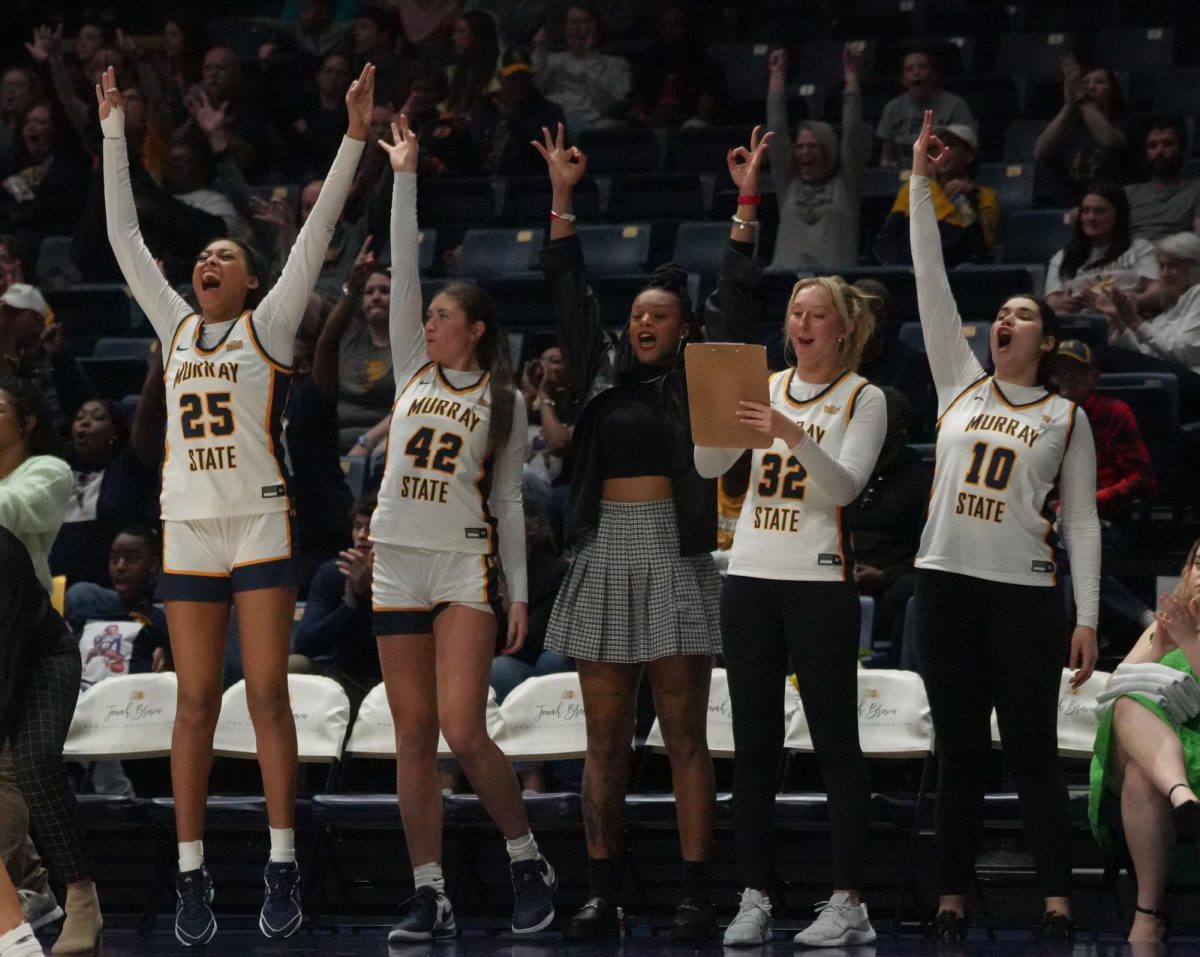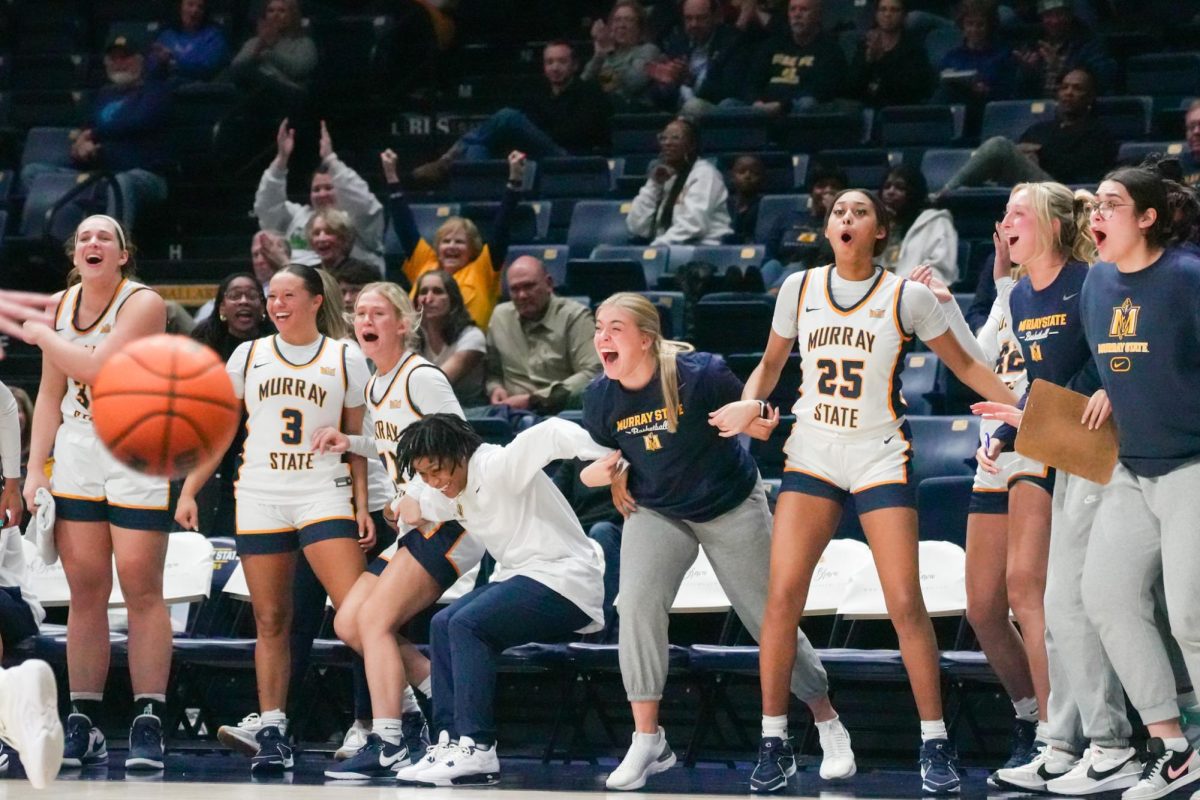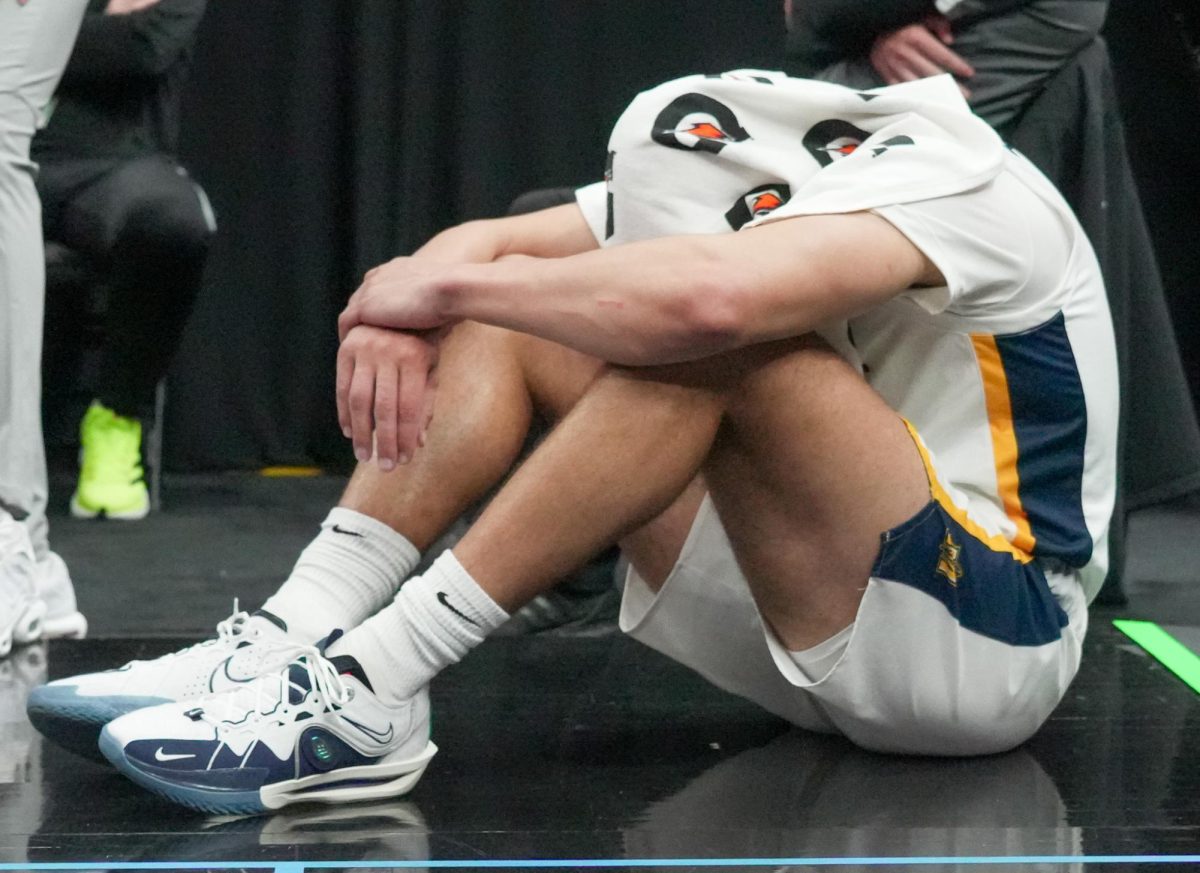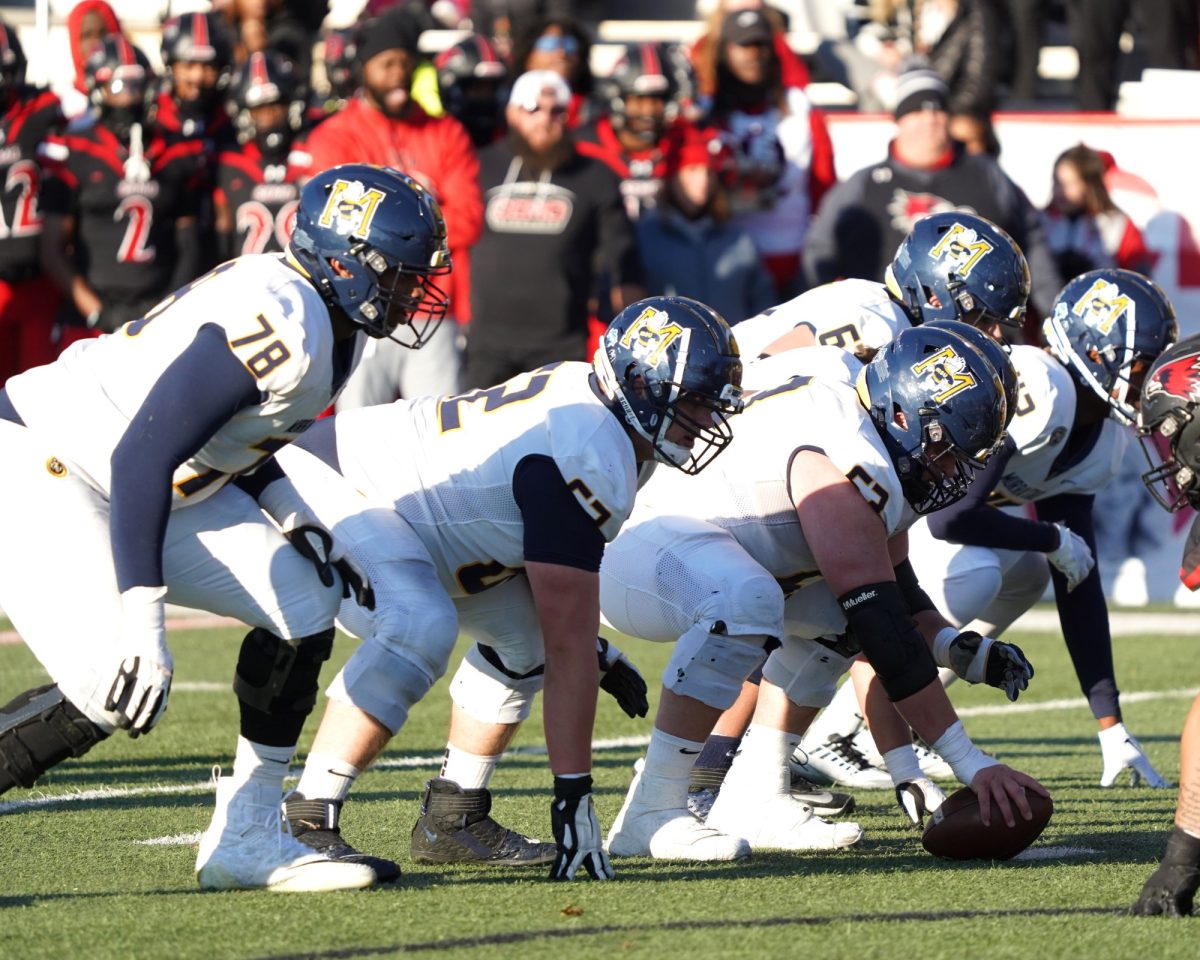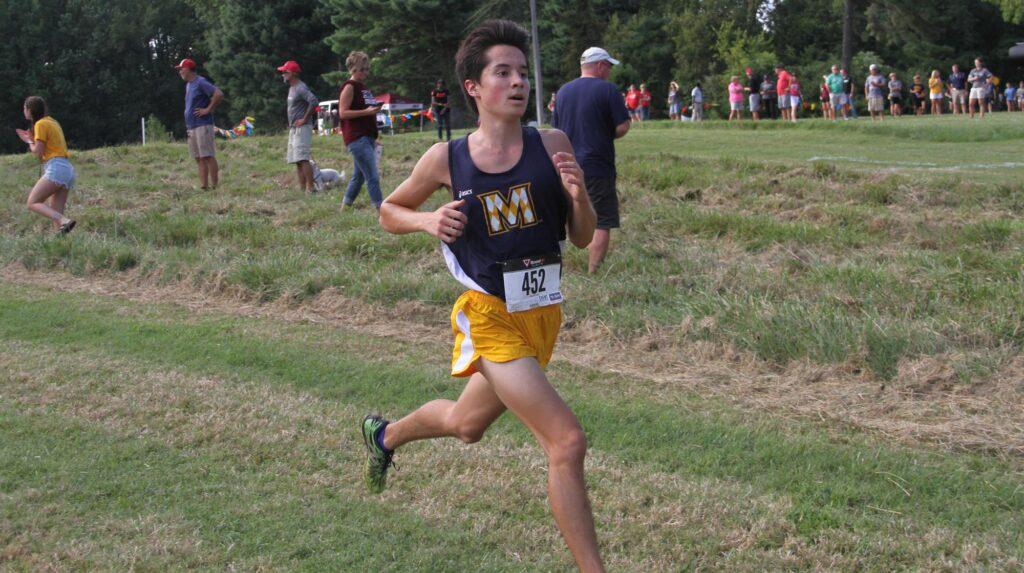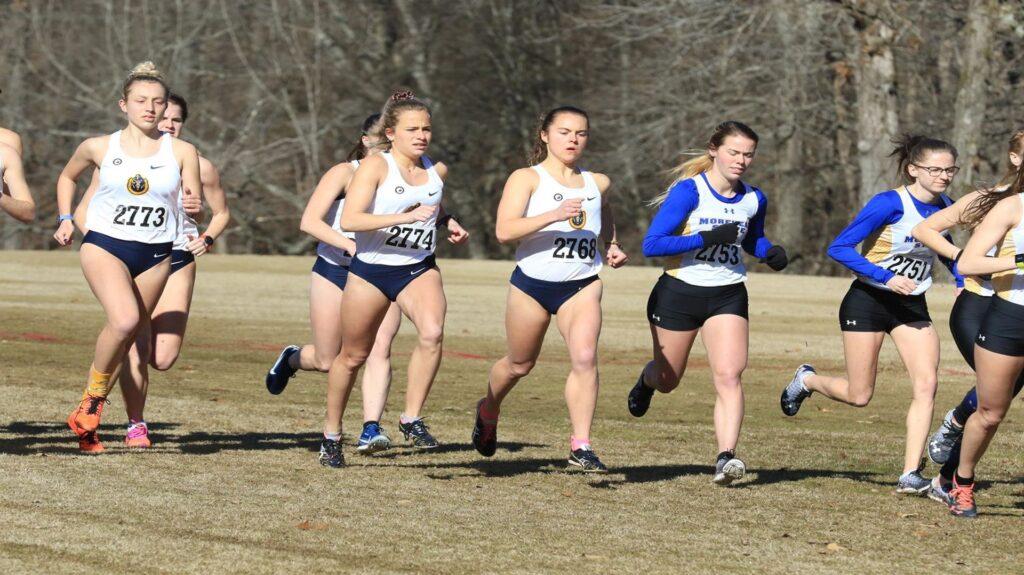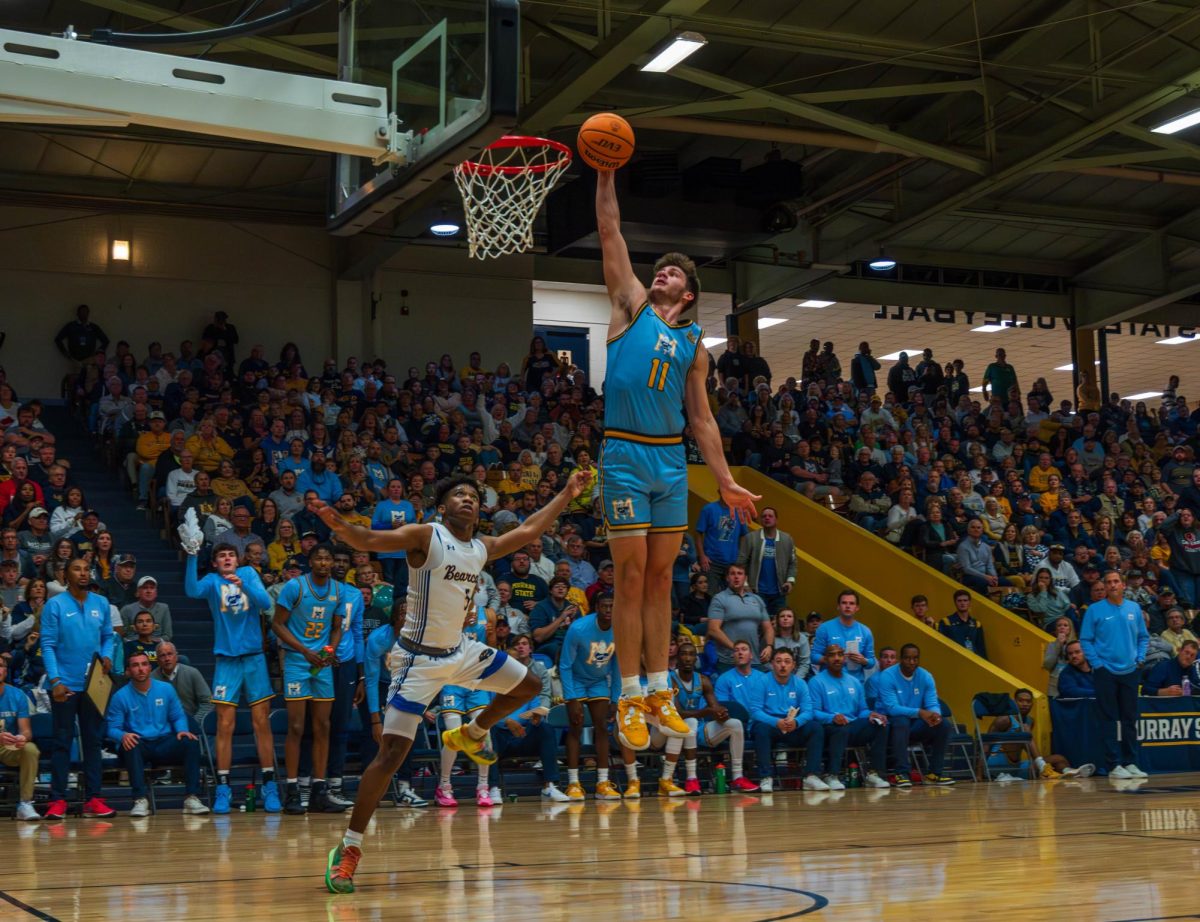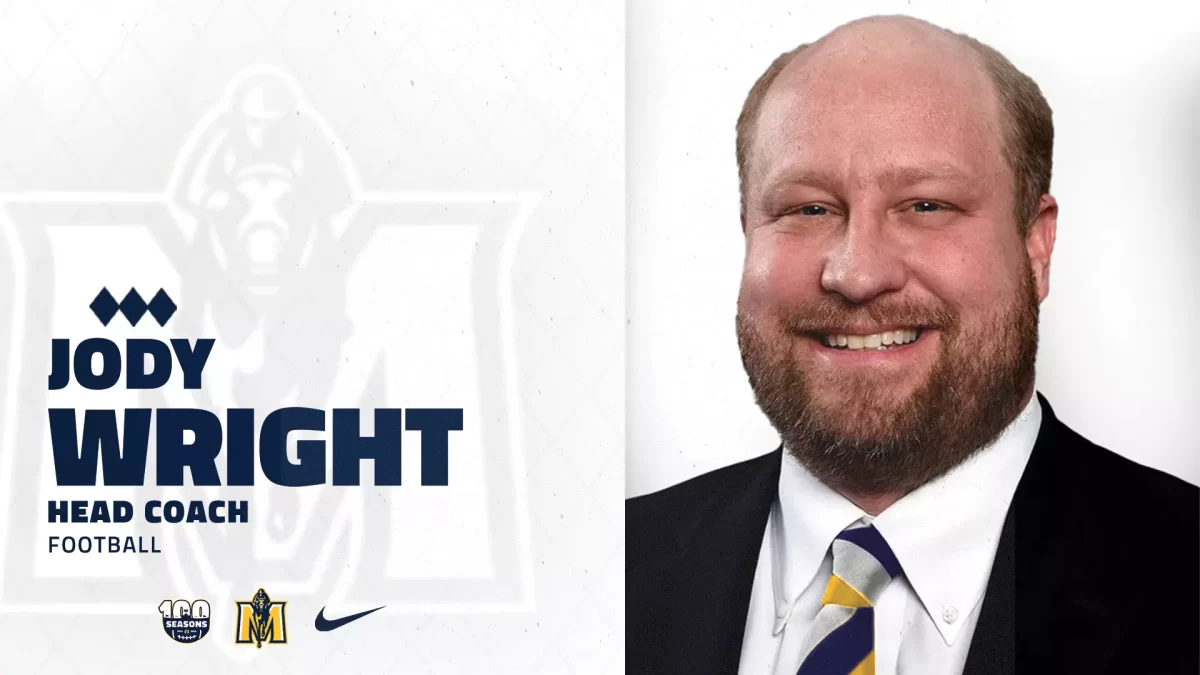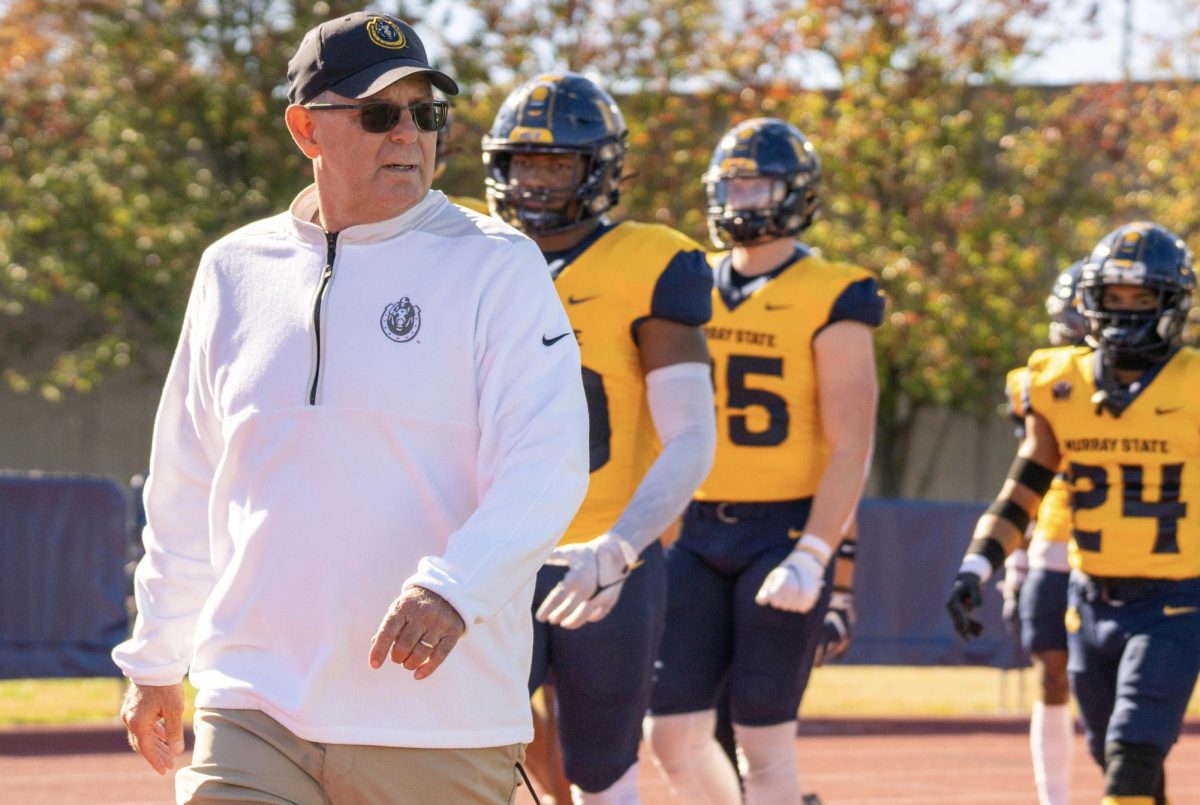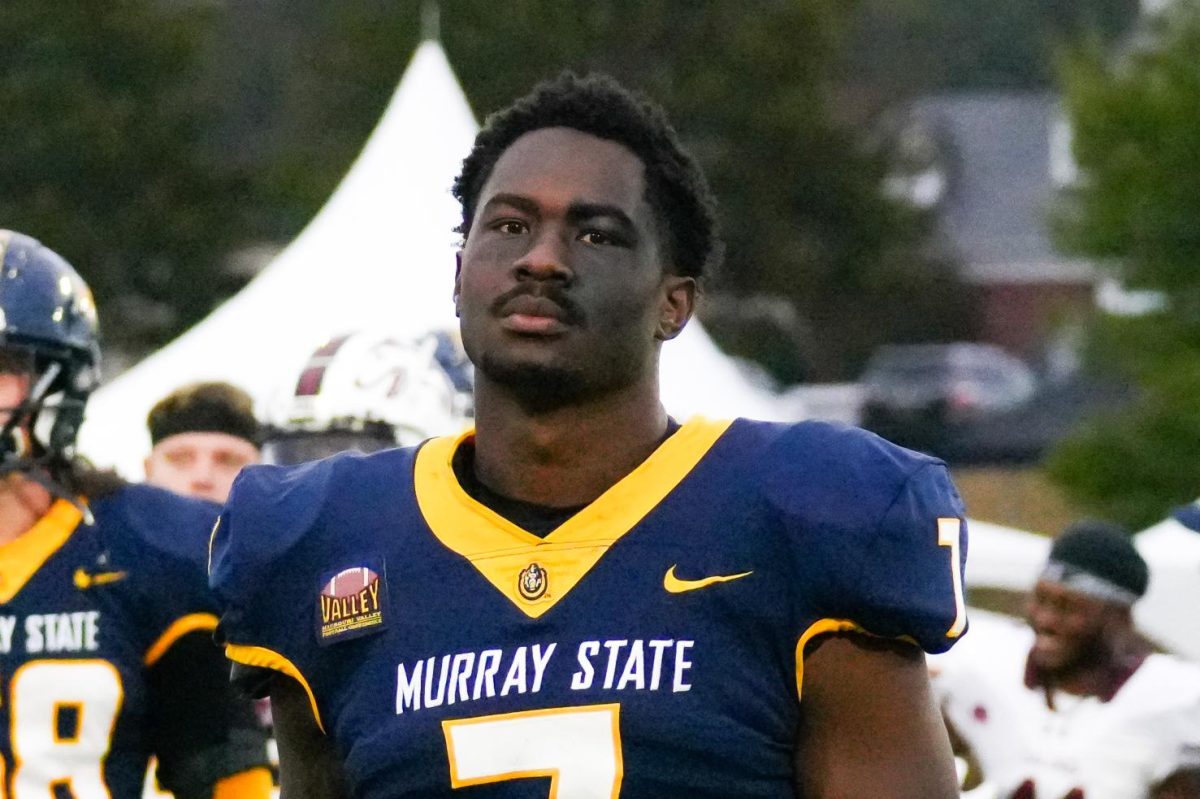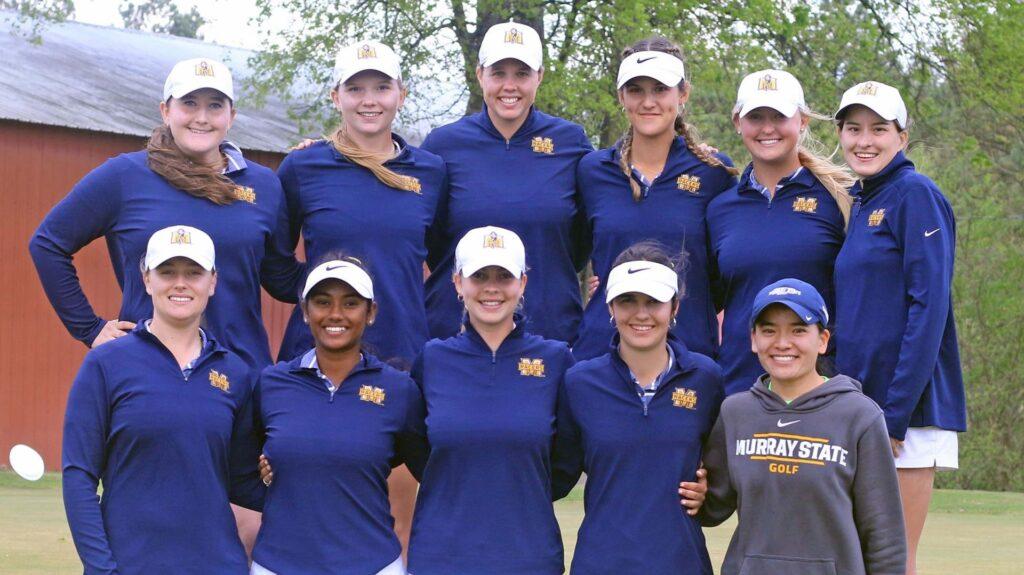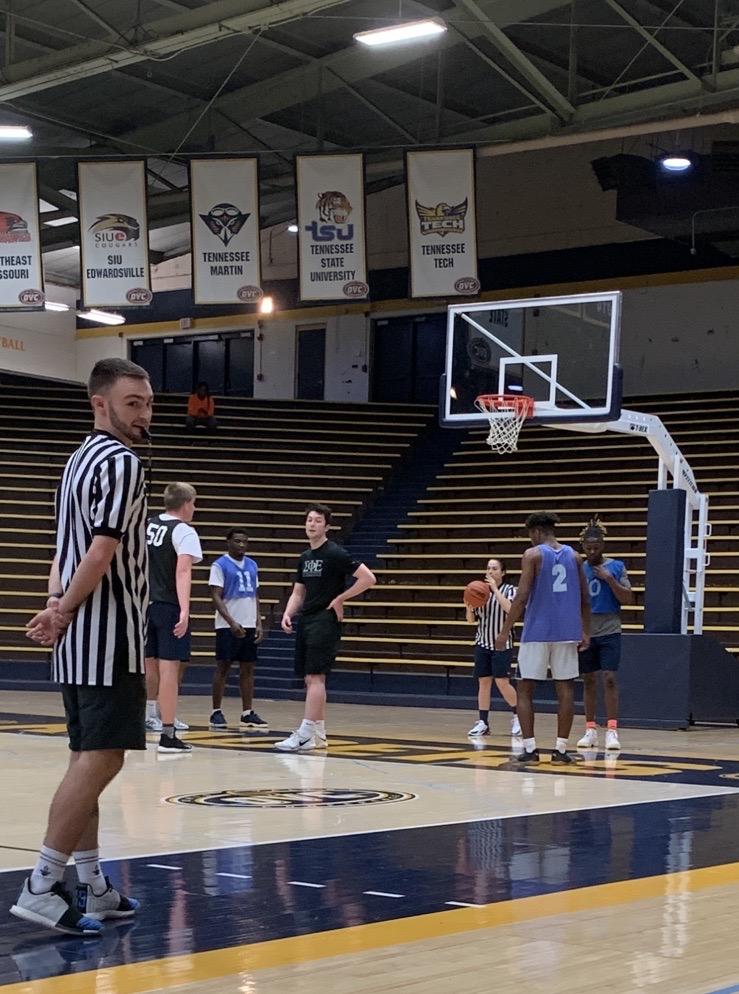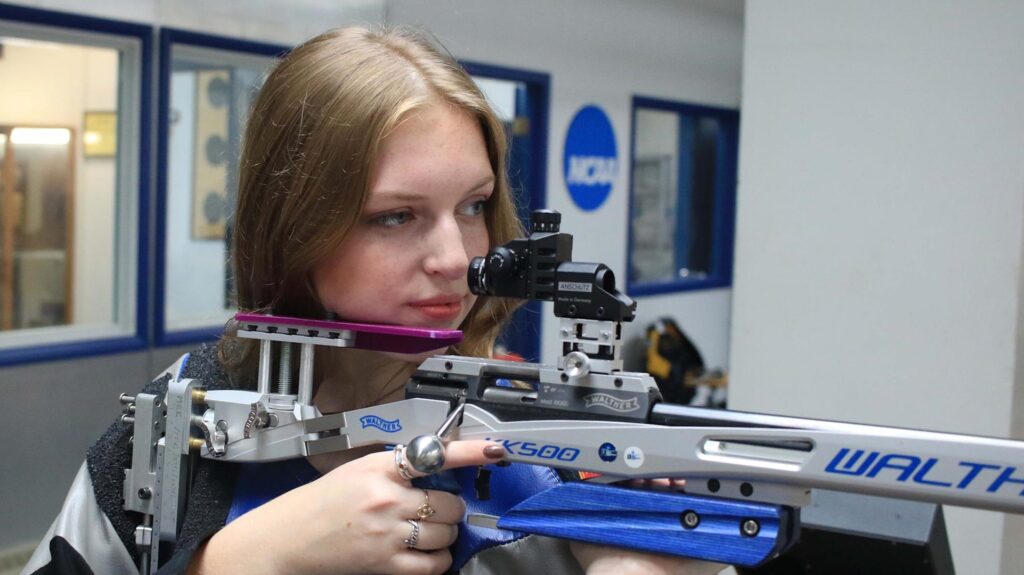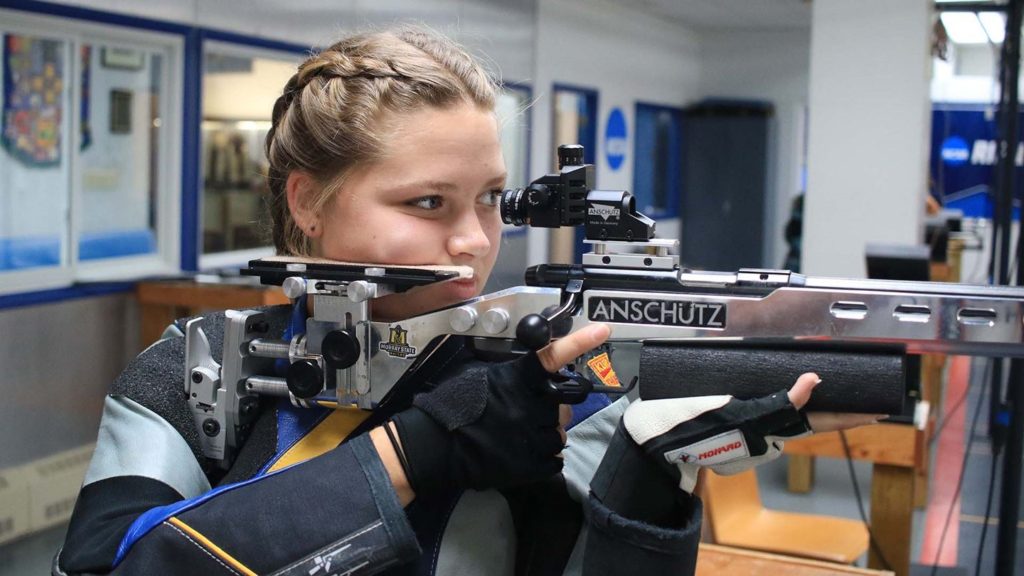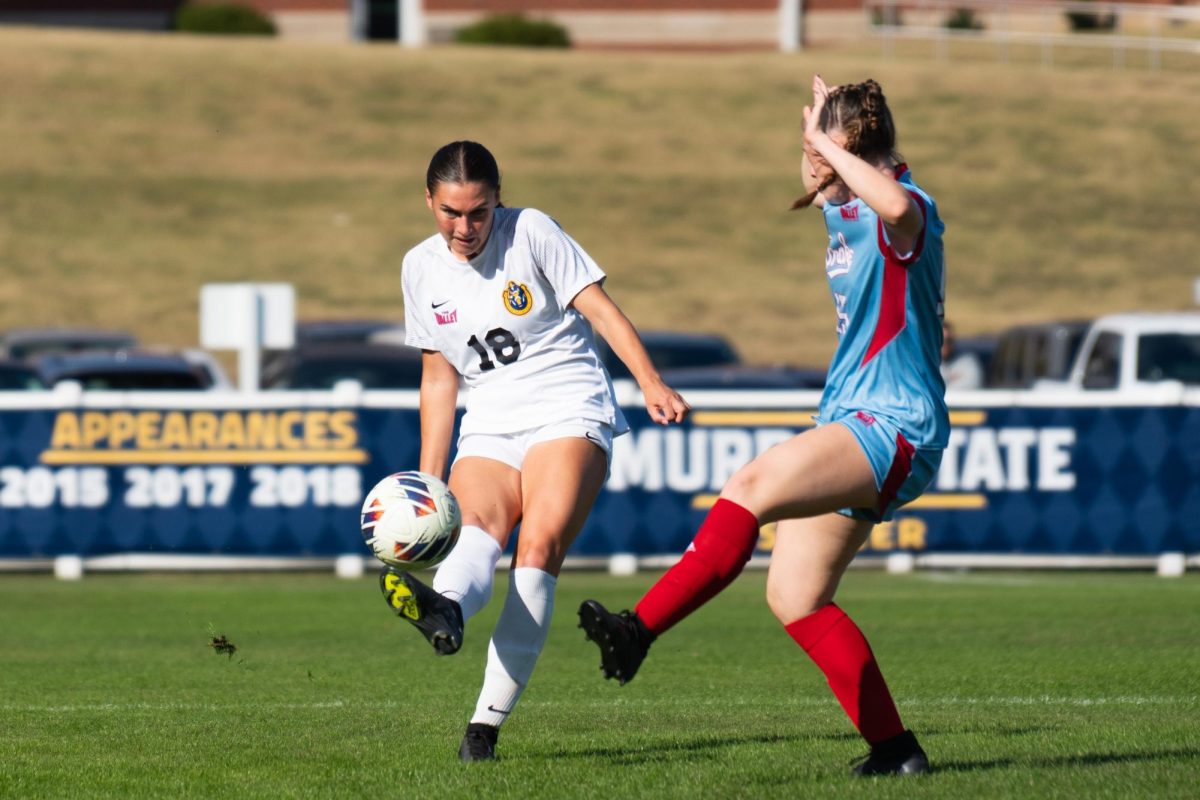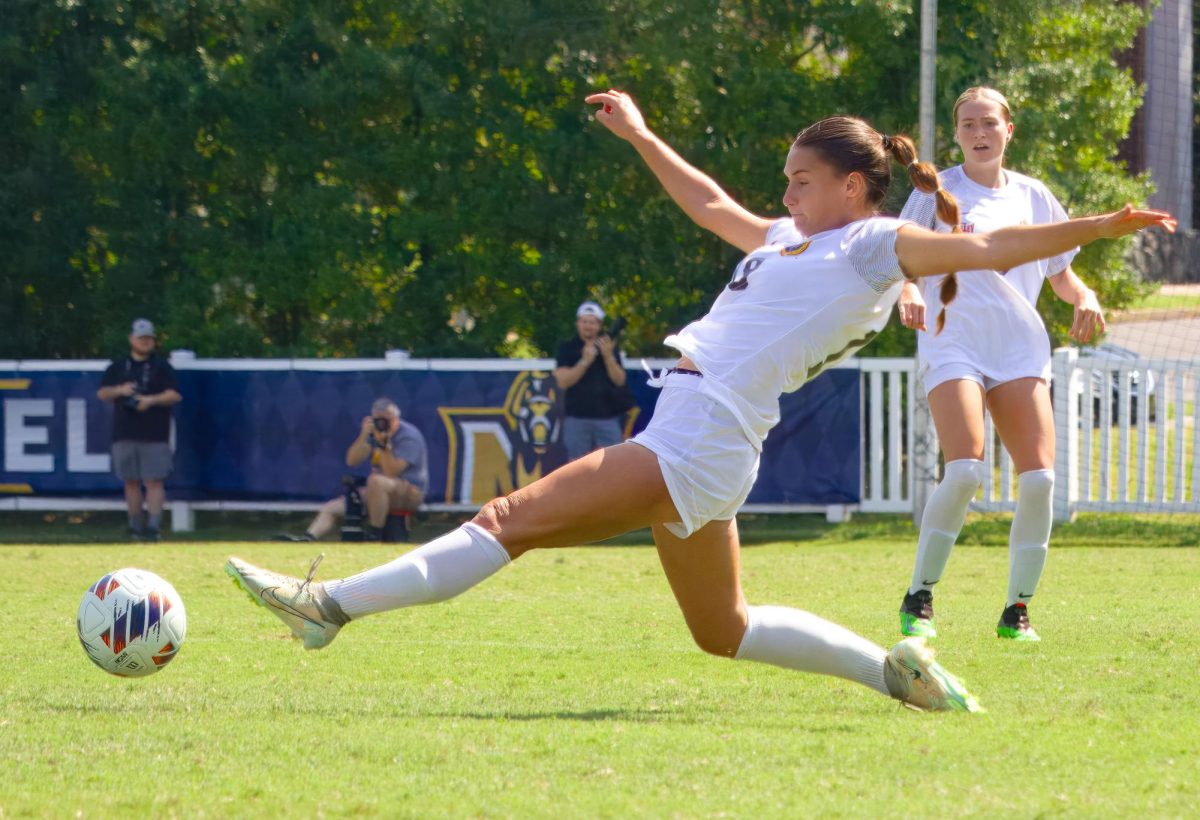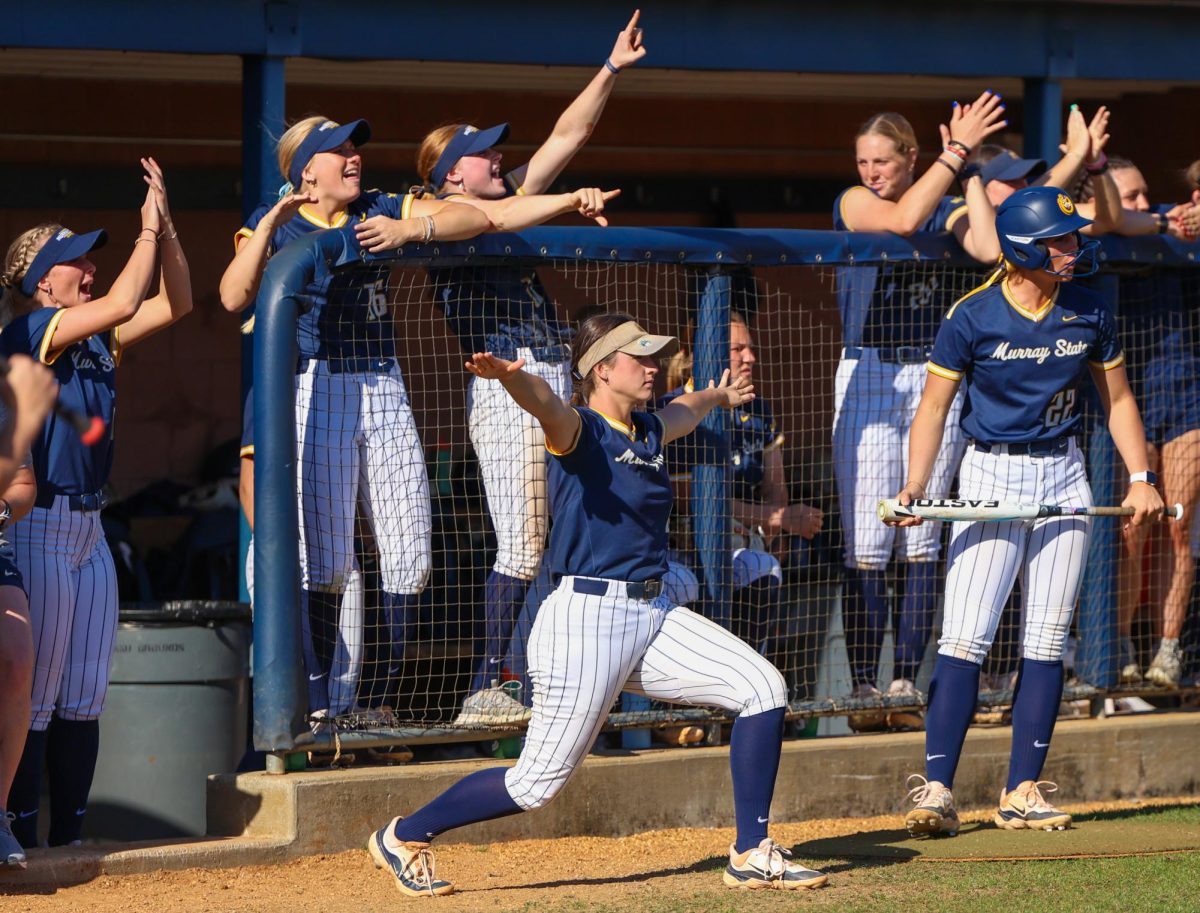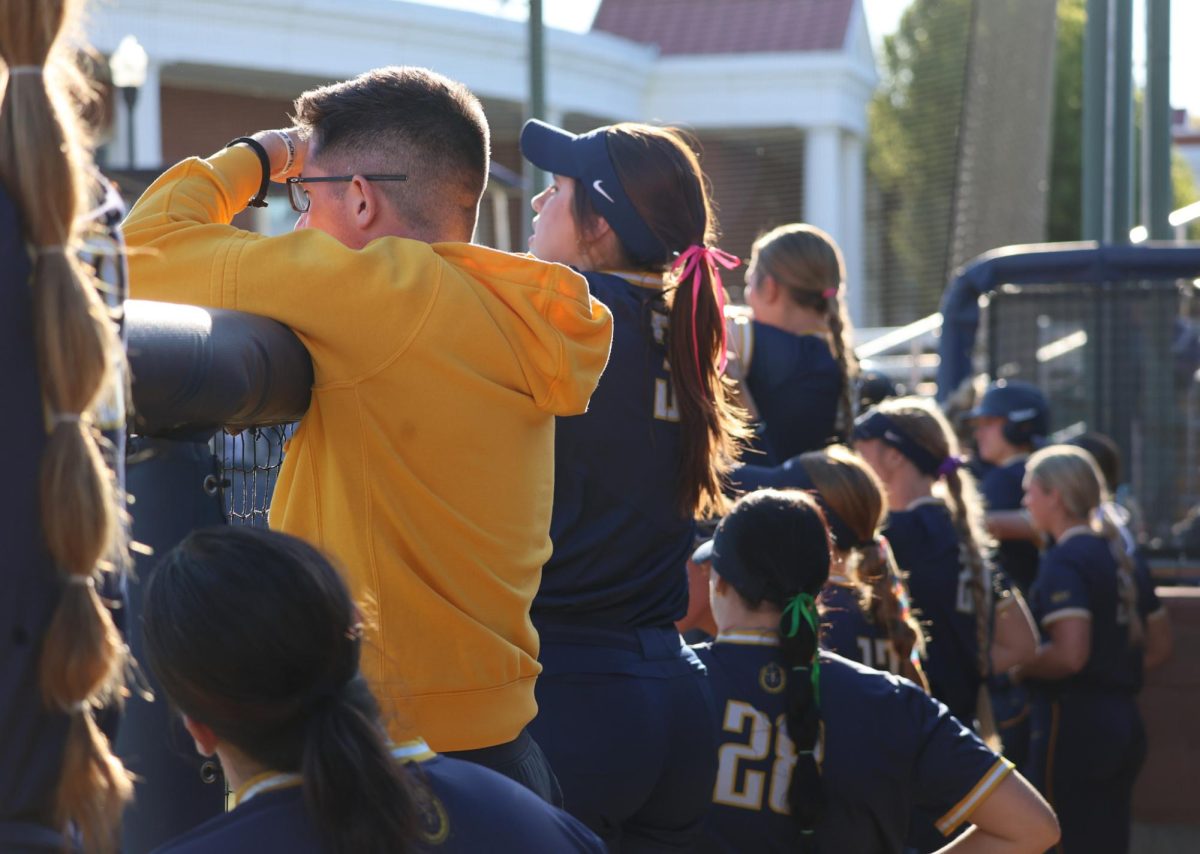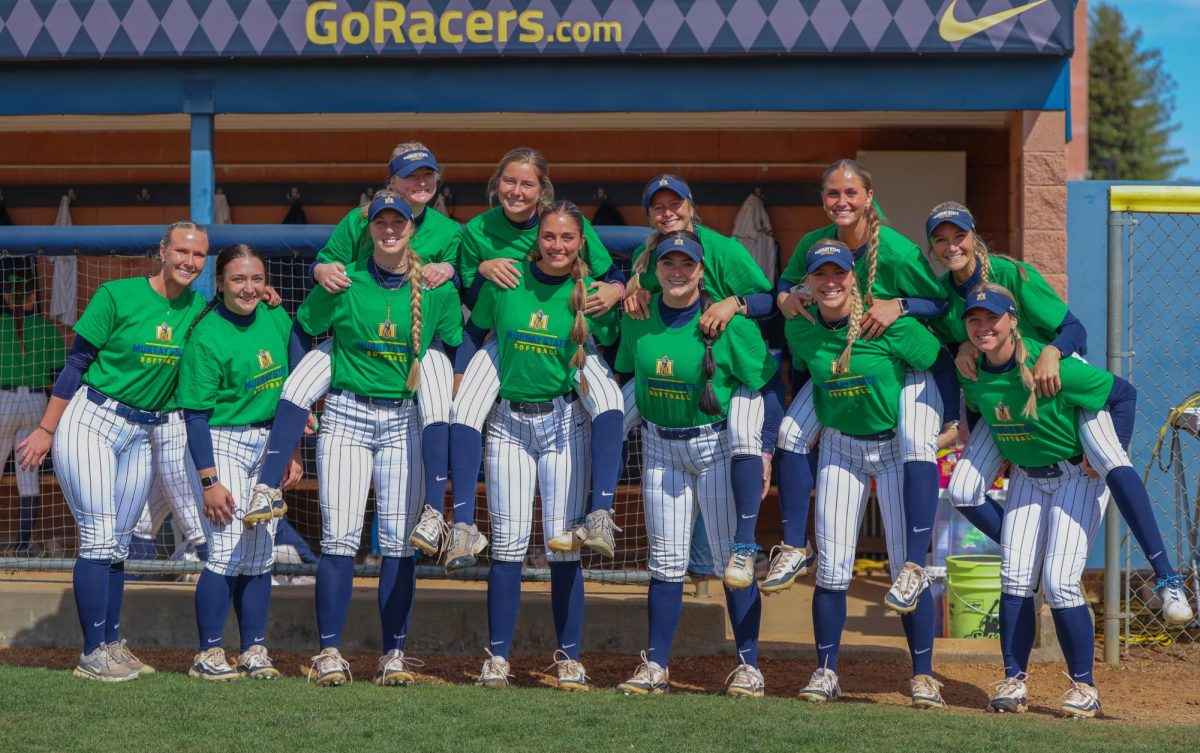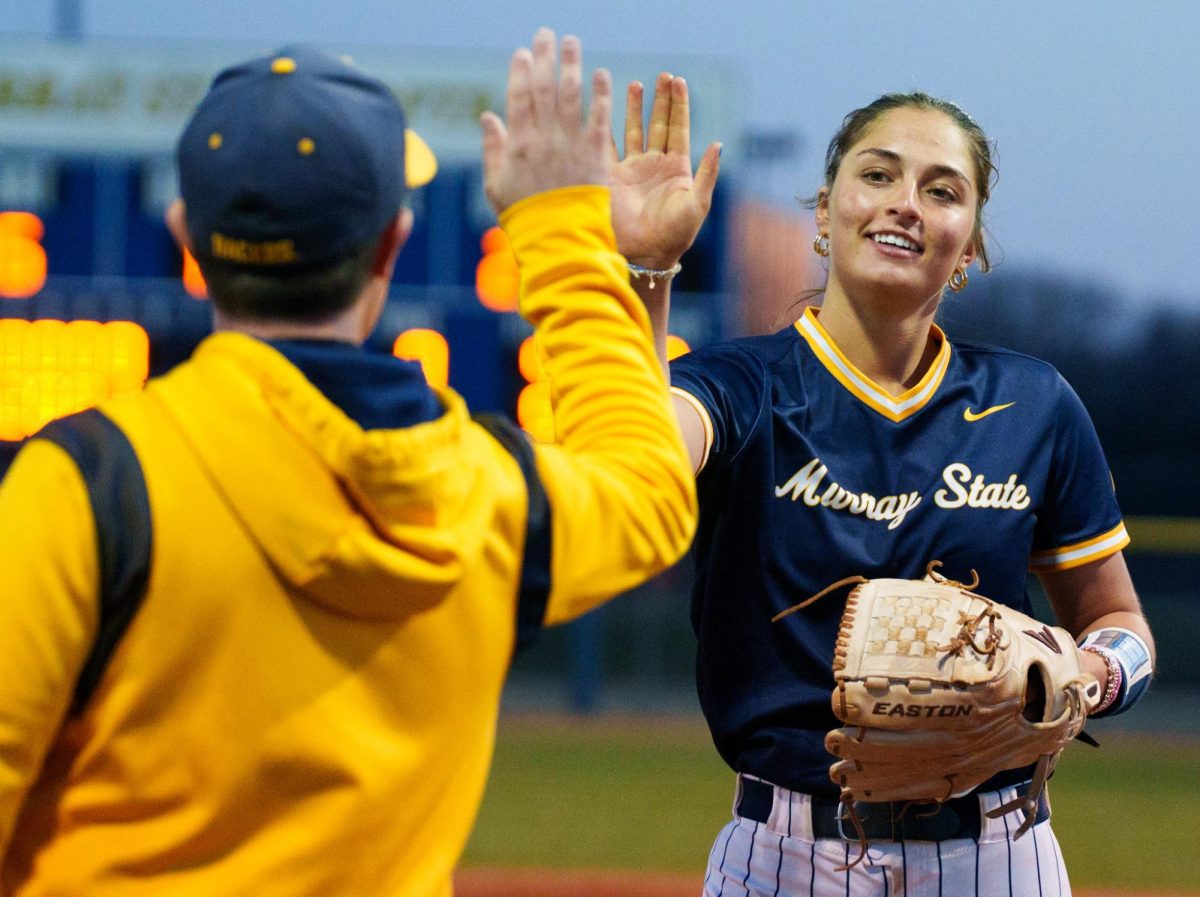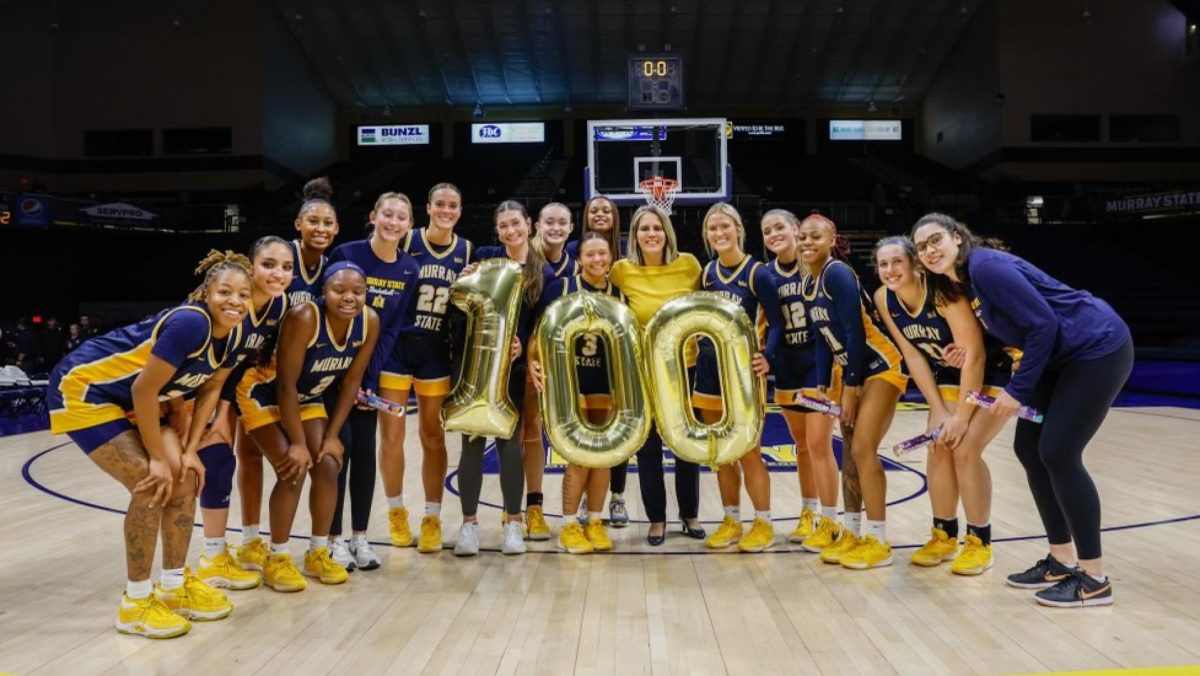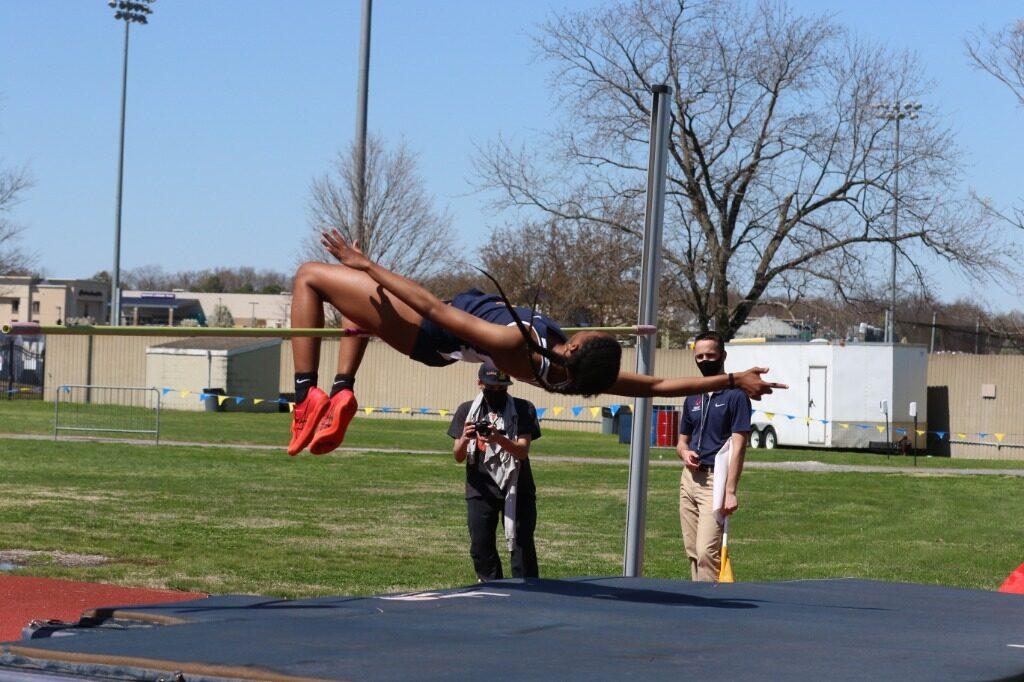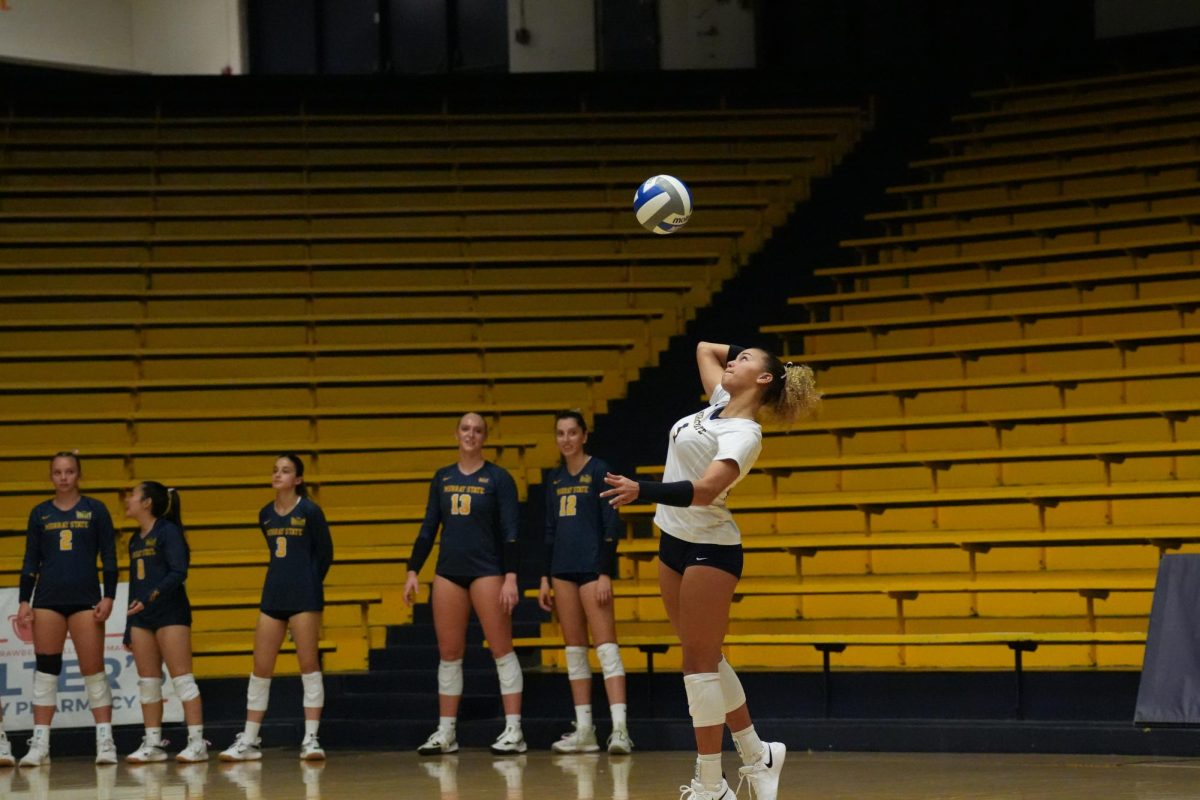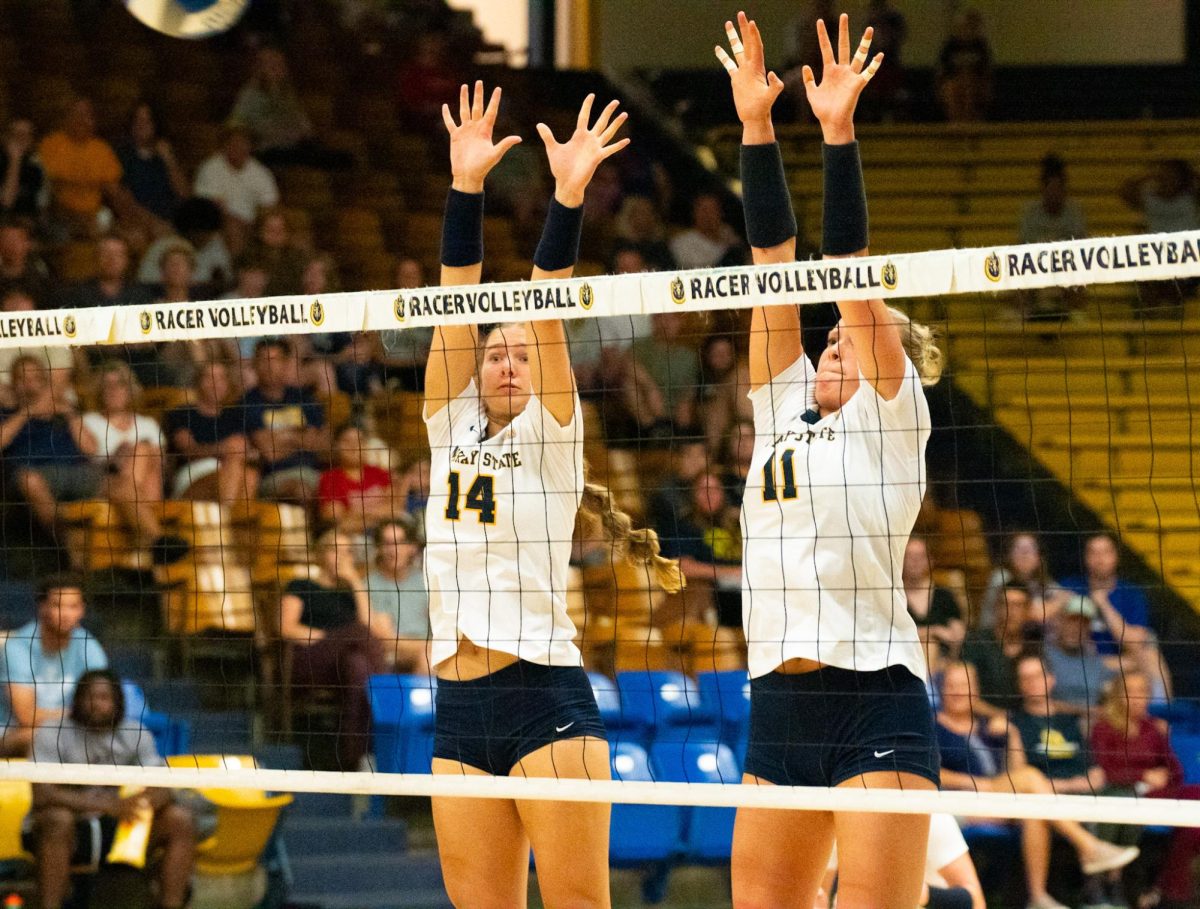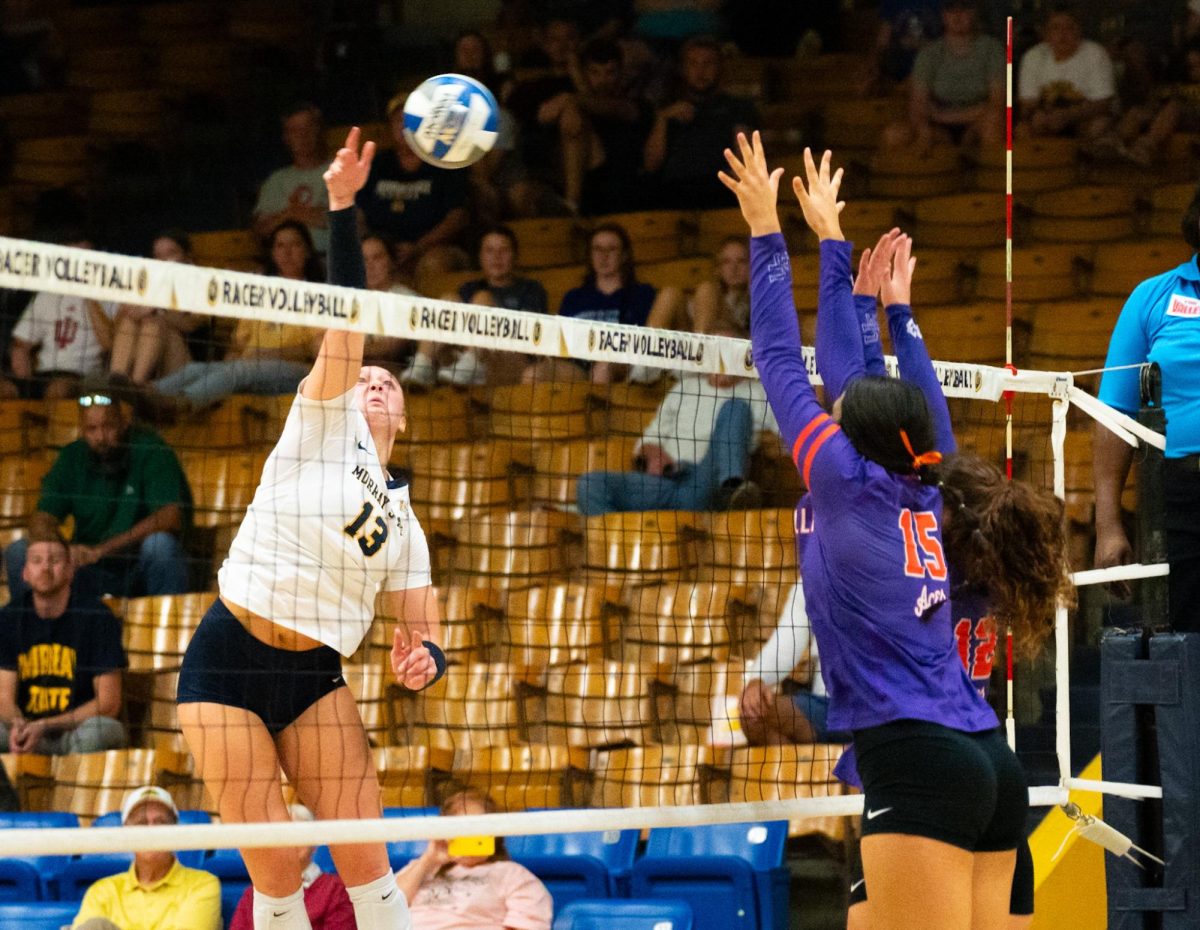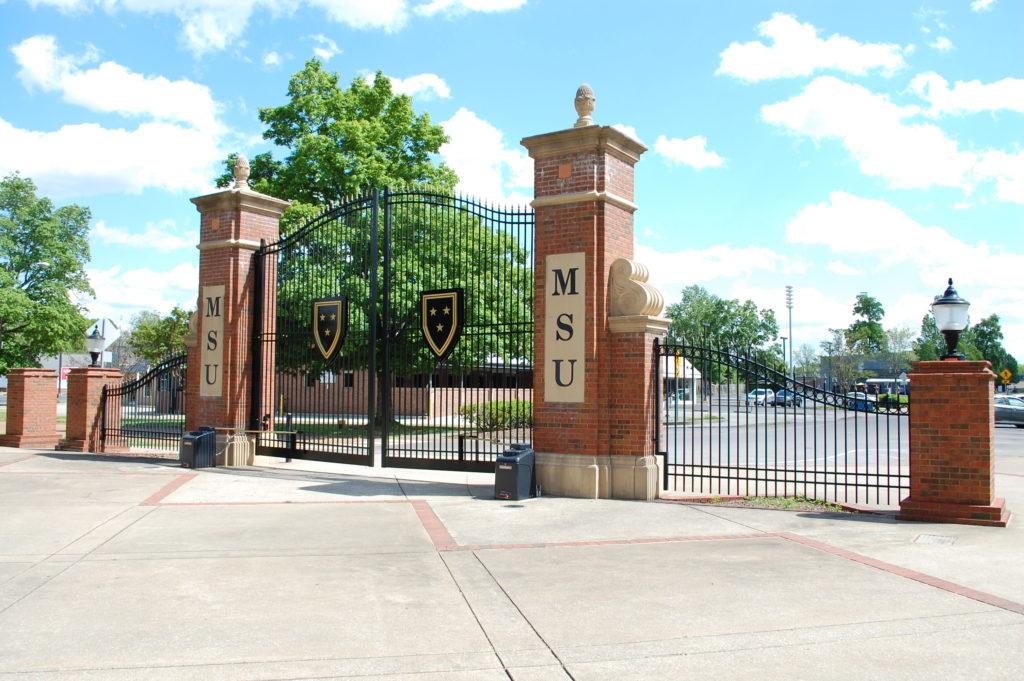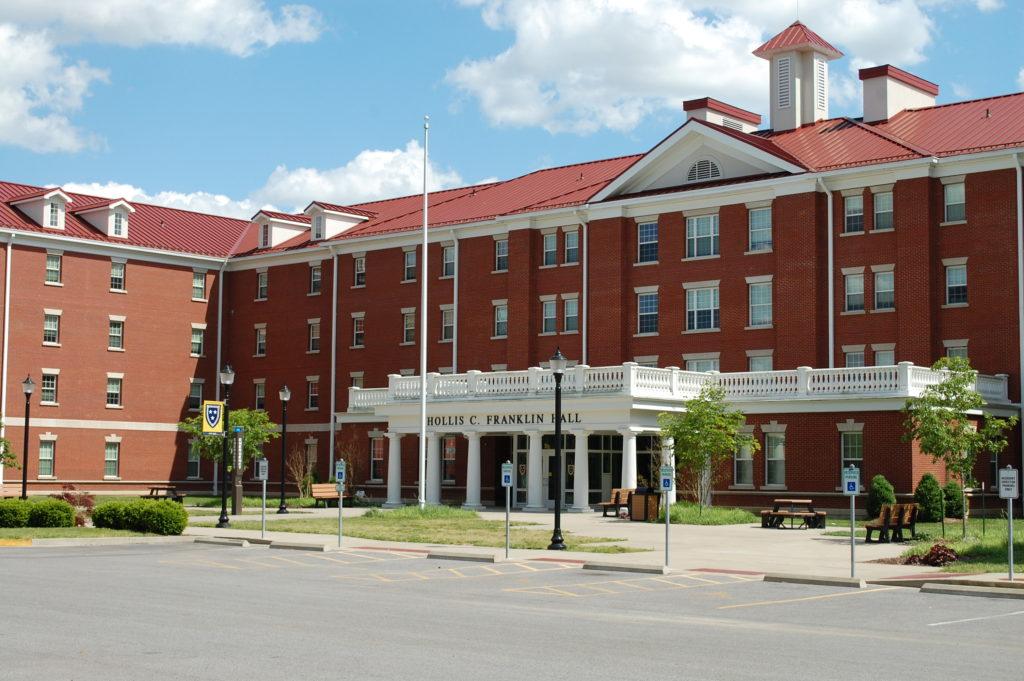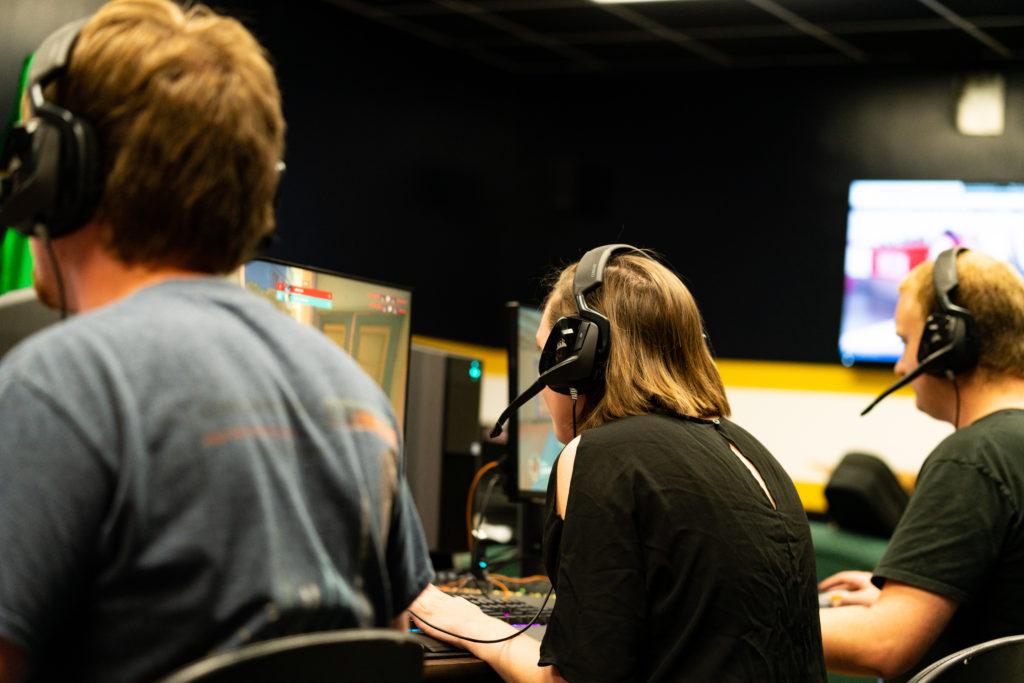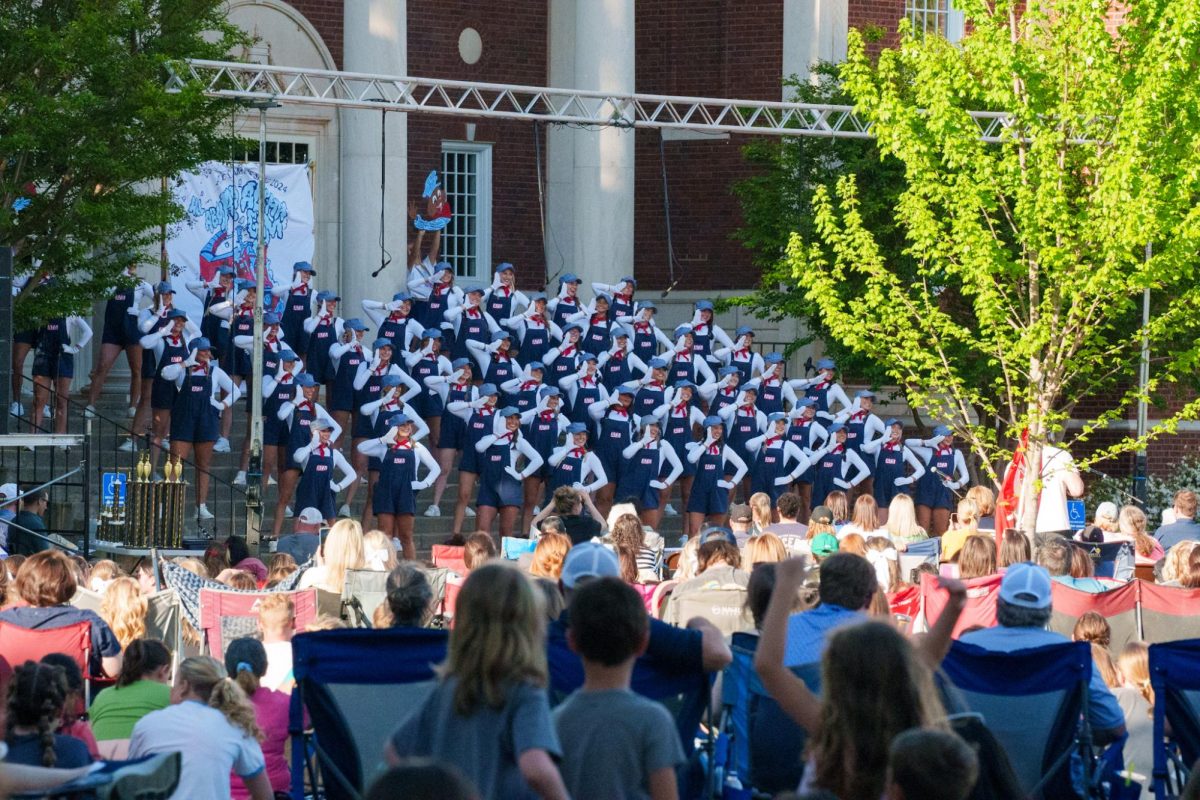Story by Grant Dillard, Staff writer
Graphic courtesy of Wikimedia Commons
“Halloween,” the latest installment in the ongoing franchise, hits theaters on Oct. 19. Jamie Lee Curtis once again reprises her role as Laurie Stroud, who engages Michael Myers, a serial killer, in a final confrontation. But how did the series get to this point? What relevance do the other sequels have in regards to the new film? Well, for those looking to figure out what they need to watch in order to understand the new movie or just looking for a movie history lesson, here’s an overview of the “Halloween” film franchise.
Halloween and Halloween II
The first “Halloween” was released in 1978 to extreme critical and audience acclaim. Not only was it a gripping story about a fight against pure evil, it also laid the groundwork for the slasher genre. It inspired numerous copycats like the “Friday the 13th” and “A Nightmare on Elm Street” franchises, among many others. The first film, while mostly standalone, did end on a slight cliffhanger. “Halloween II,” released in 1980, continued the story and eventually wrapped it up by killing off Myers in a fiery explosion.
Halloween III
“Halloween III: Season of the Witch” is perhaps the most interesting film to consider when going over the history of the “Halloween” franchise. The third film was meant to take the series in a different direction by having each following film focus on different stories revolving around the Halloween season; basically, an anthology series. However, this backfired, as the film gained huge amounts of negative attention, largely due to audiences being confused as to why Myers wasn’t in it.
Halloween IV, V, and VI
With the poor box-office showing and underwhelming reactions to “Halloween III,” it was decided by the filmmakers to bring Myers back in the fourth installment: “Halloween IV: The Return of Michael Myers.” Released in 1988, ten years after the first “Halloween,” the film focused on Myers going after young Jamie Lloyd, the daughter of Laurie Stroud. Reviews for the film were mixed, but it made enough of a profit for the next installment. “Halloween V: The Revenge of Michael Myers” was rushed into production and released the following year in 1989. Several key plot points were introduced in “Halloween V,” including a mysterious man in black and countless thorn symbols popping up at various points. The thorn subplot in particular is why “Halloween IV,” “V,” and “VI” are often lumped together as the “Thorn Trilogy.” All of these elements would be paid off somewhat in the next film: “Halloween: The Curse of Michael Myers.” The film was plagued with production problems, initially due to poor test screenings. This resulted in the film being heavily edited, removing key scenes and vastly changing the ending. None of these changes helped much, however, as the film received unanimous negative feedback due to its confusing story and horrendous ending. It was at this point that it was believed there was no possible way to continue the story afterwards, and as a result, the series was laid to rest.
Halloween: H20 and Halloween: Resurrection
The filmmakers decided to go back to basics with “Halloween: H20.” Released in celebration of the first film’s 20th anniversary, this film would ignore most of the previous films in terms of continuity, and would only consider the first two films canon. Curtis returned as Laurie Stroud, who faces off with her brother, Myers, in a final confrontation. “H20” was a box-office success, and a proper conclusion the series but, unfortunately, that didn’t stop the filmmakers from releasing another movie in 2002. That movie was “Halloween: Resurrection,” which focused on a group of college students taking part in a reality show set at Myers’ house, which is run by two reality show directors played by Tyra Banks and Busta Rhymes. “Resurrection” felt more like a cash-in, rather than an attempt at telling a good story. While still making enough of a profit, “Resurrection” gained such a negative reputation that it didn’t seem worth it to try and continue the franchise anymore. So, once again, the series was laid to rest.
Rob Zombie’s Halloween Films
With the franchise flat-lining once again, it was decided that the next step to take with the series was to do a remake of the original film. Rob Zombie, who had previously directed many music videos and films, was tasked with directing the film. For his take on the “Halloween” story, Zombie decided to focus on Myers’ childhood and delve further into how he became the murderous psychopath that audiences had come to know. The remake was released in 2007 to mixed reactions from critics and audiences, but it made enough of a profit that a sequel would be released in 2009. Zombie’s “Halloween II” received even worse reactions from critics and audiences, and while a third film was planned for release in 2012, it was ultimately canceled. Thus, the franchise was laid to rest yet again.
Halloween (2018)
About nine years after Zombie’s “Halloween II,” now comes the latest installment/reboot in the series: “Halloween.” Lazy and confusing title aside, this film takes place 40 years after the first “Halloween,” with Myers having been captured after the events of that film, therefore wiping the original “Halloween II” from continuity. This was a good direction to take the series in; it seems more logical for Myers to have been locked away in a penitentiary for all those years, rather than him somehow surviving the explosion from “Halloween II.” Hopefully, the filmmakers avoid another “Halloween: Resurrection” this time around and end the series for good after this latest film.


